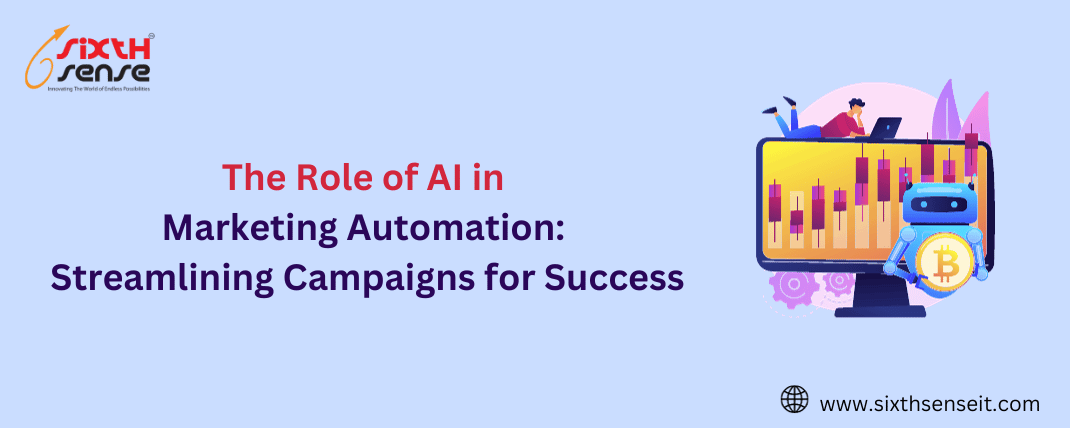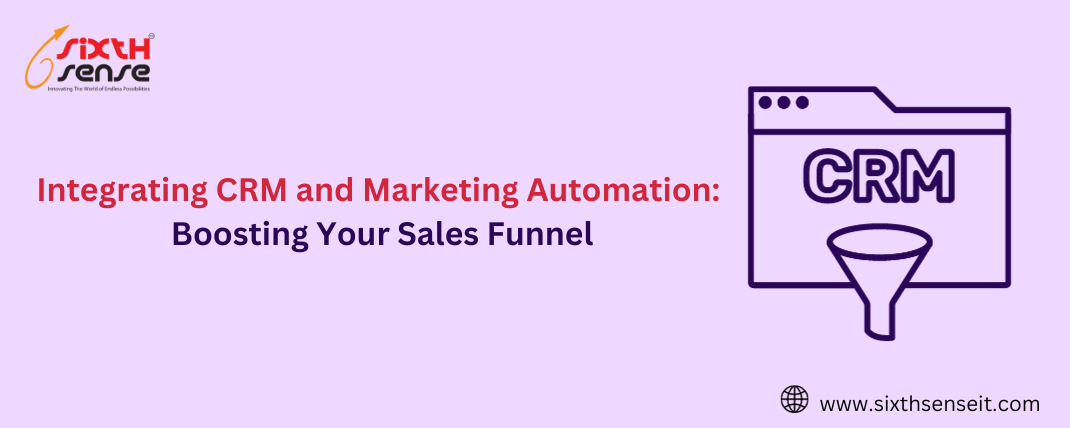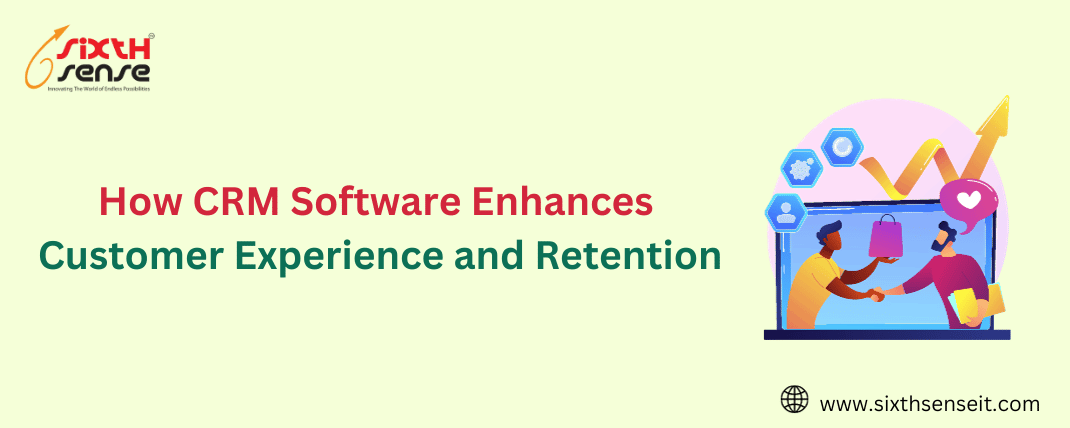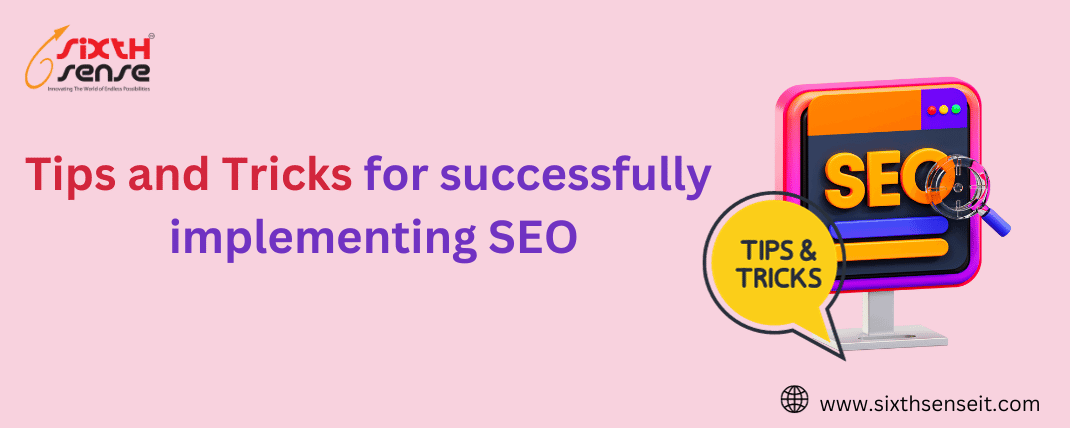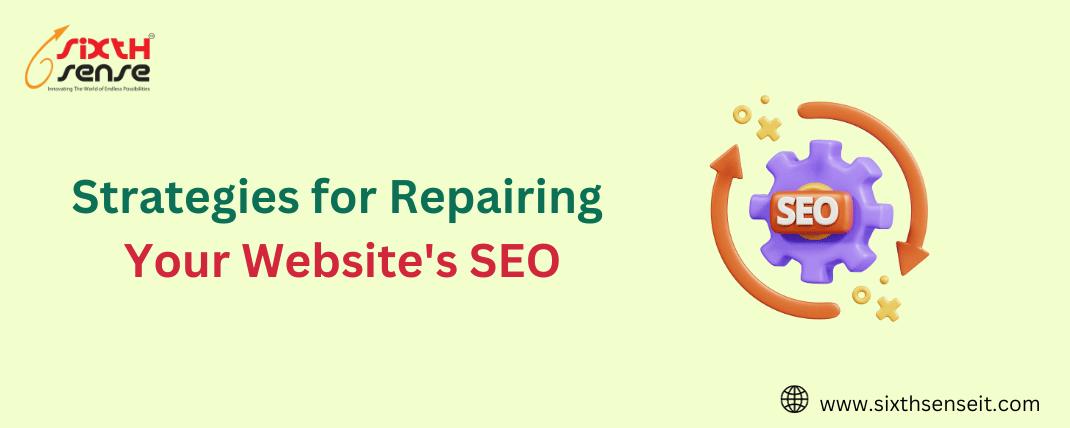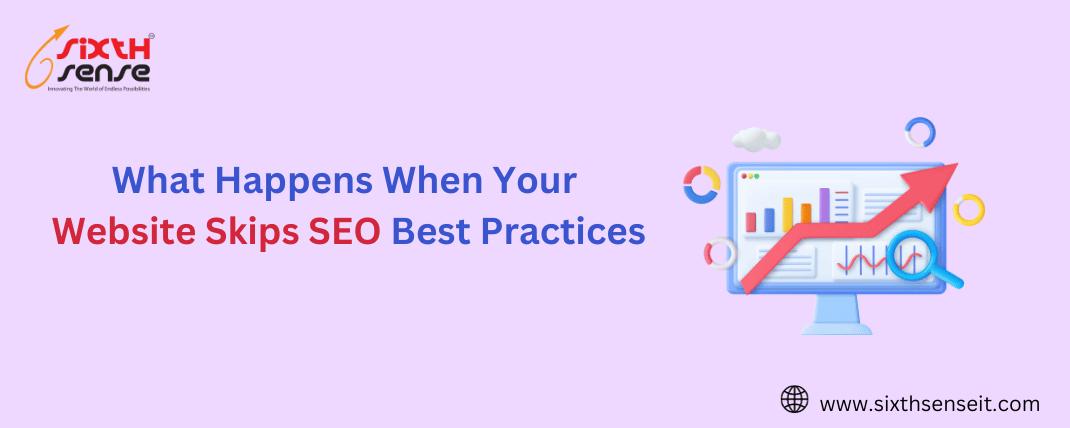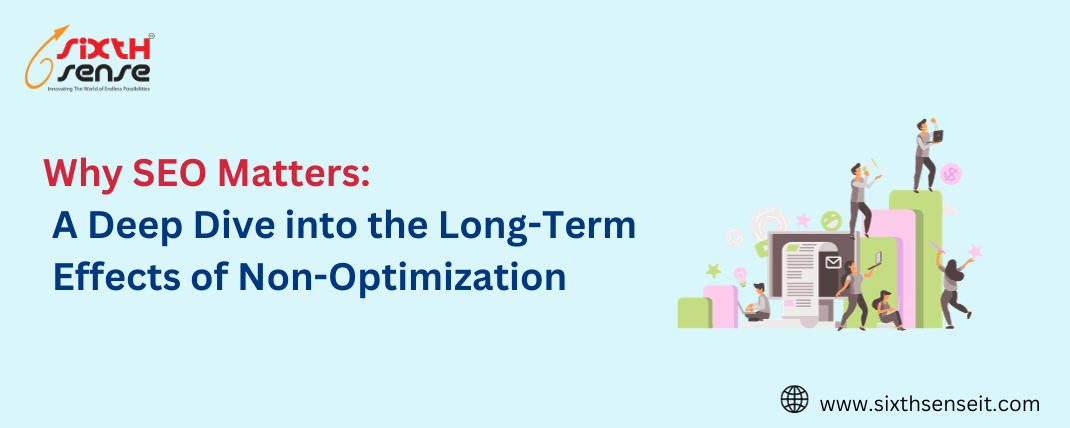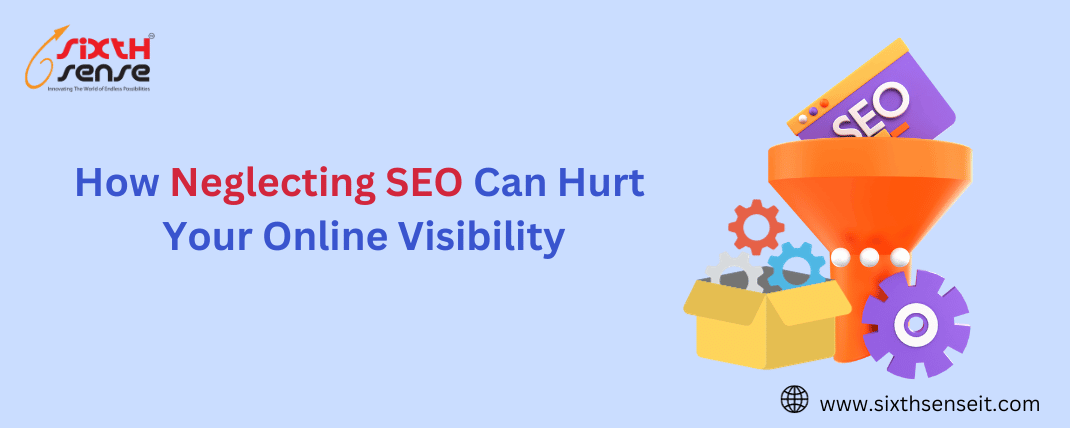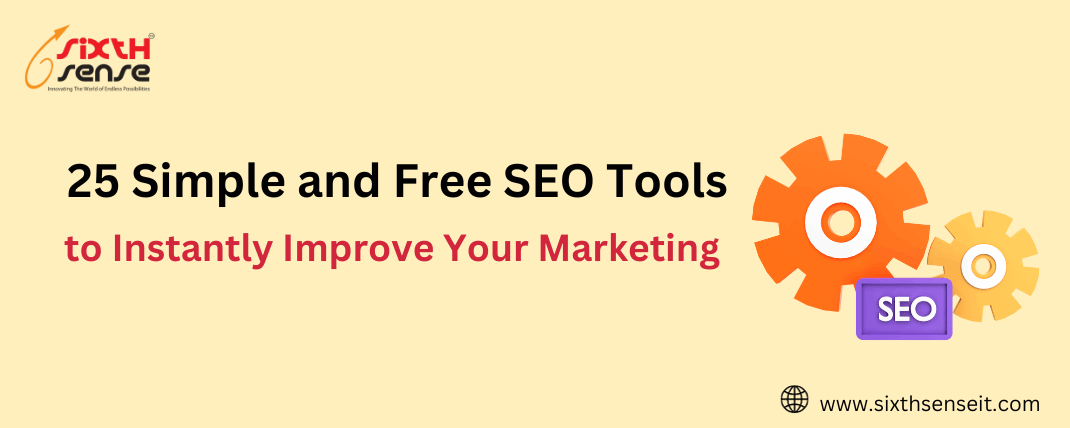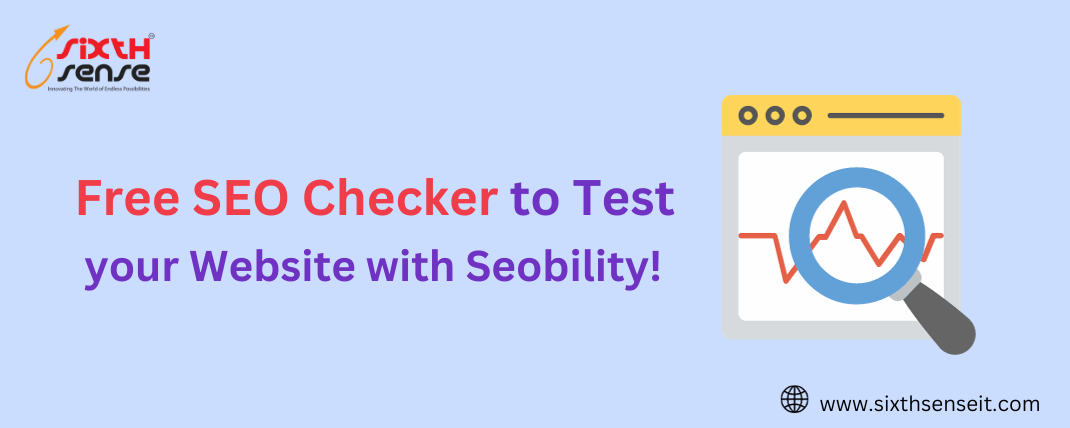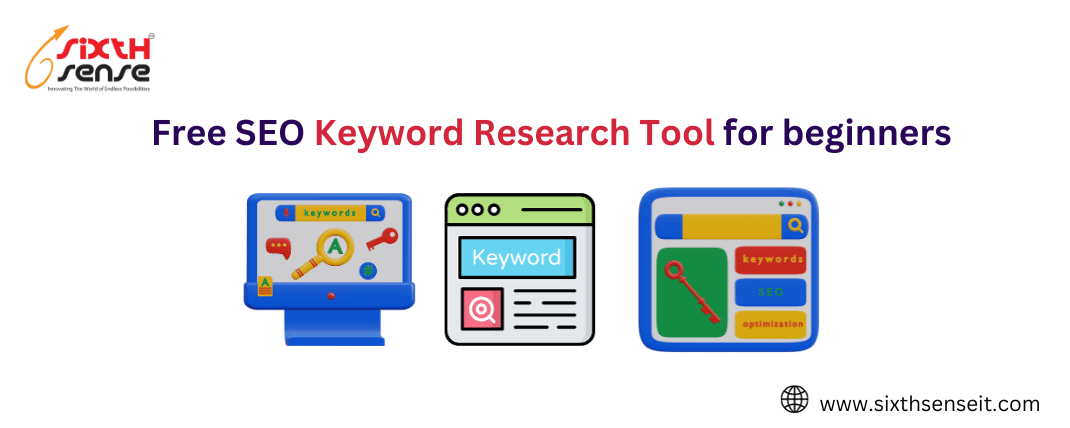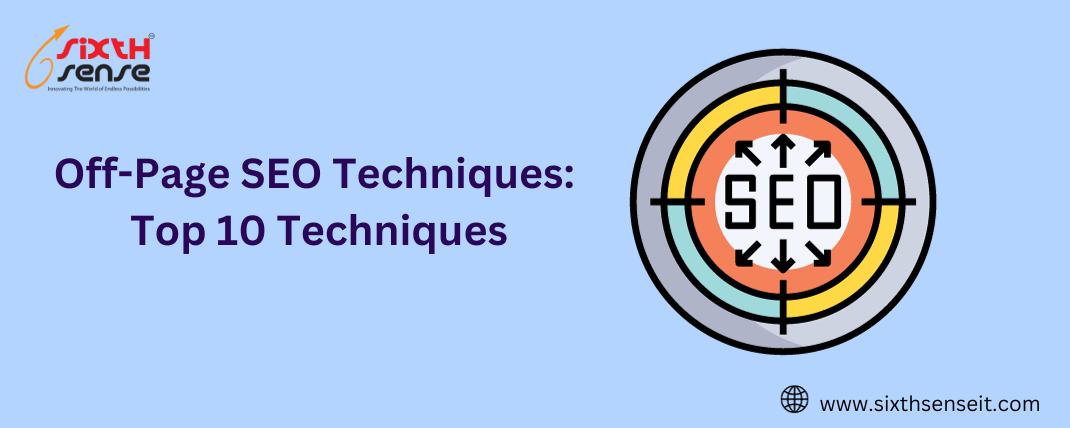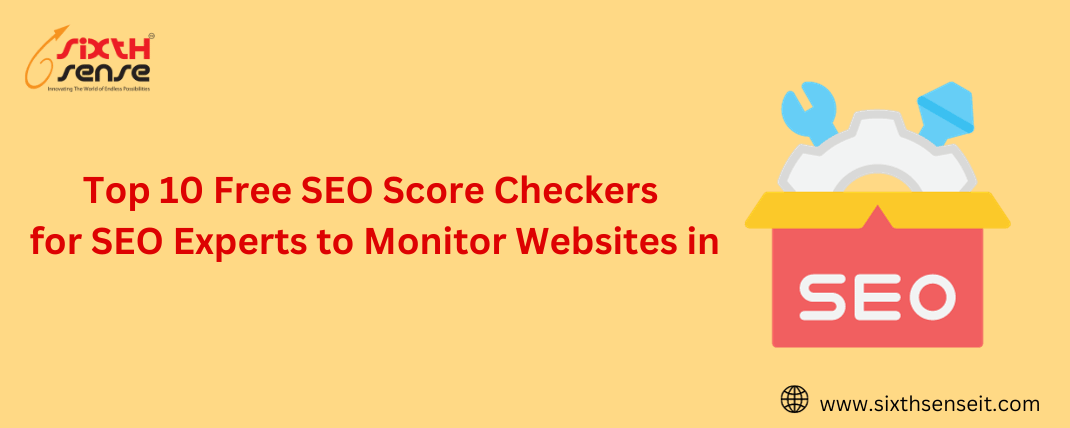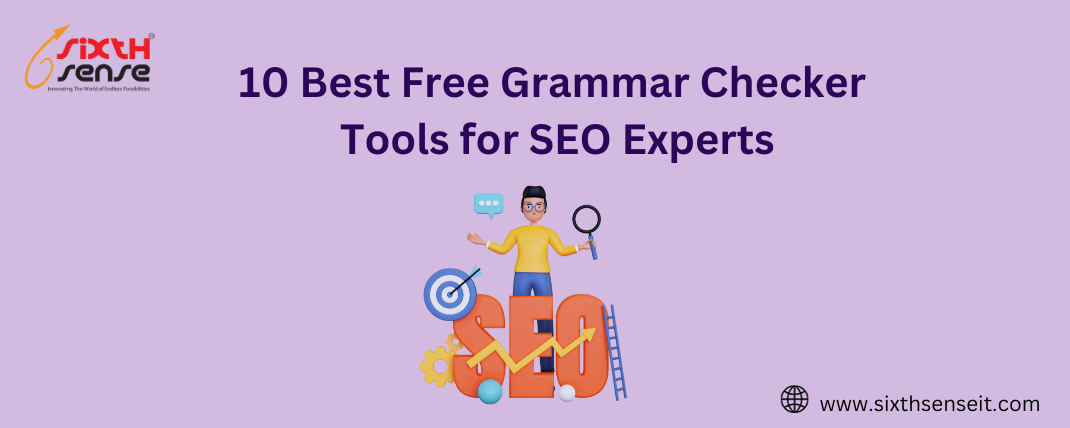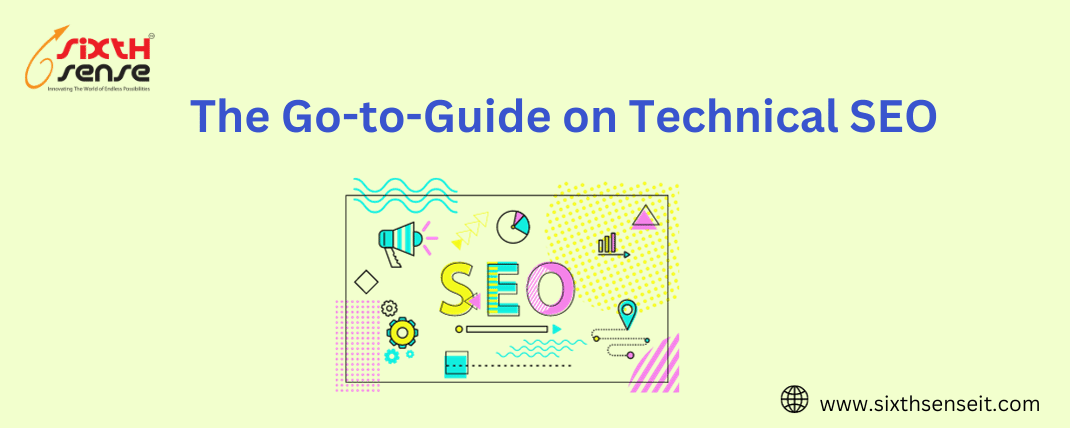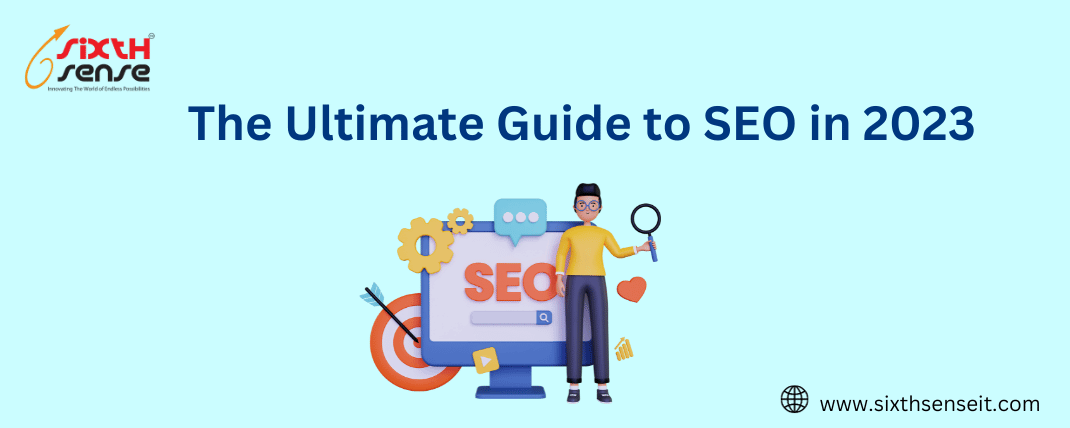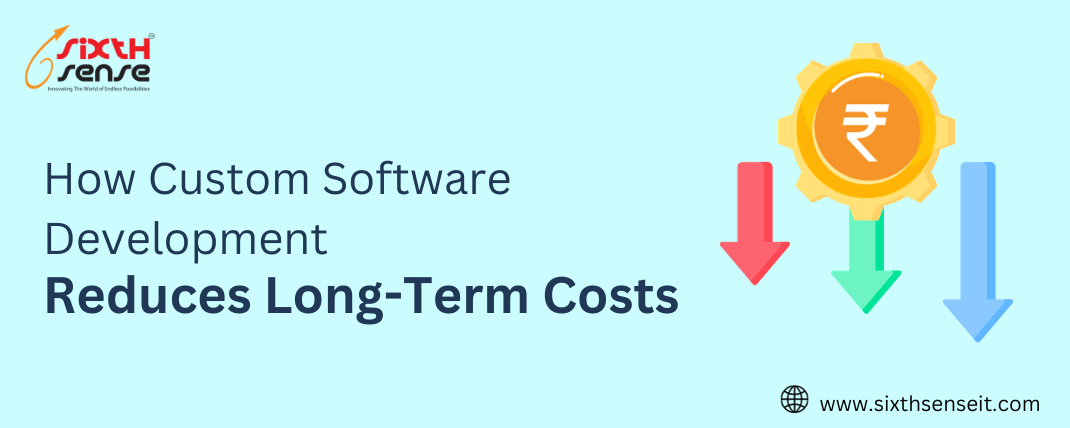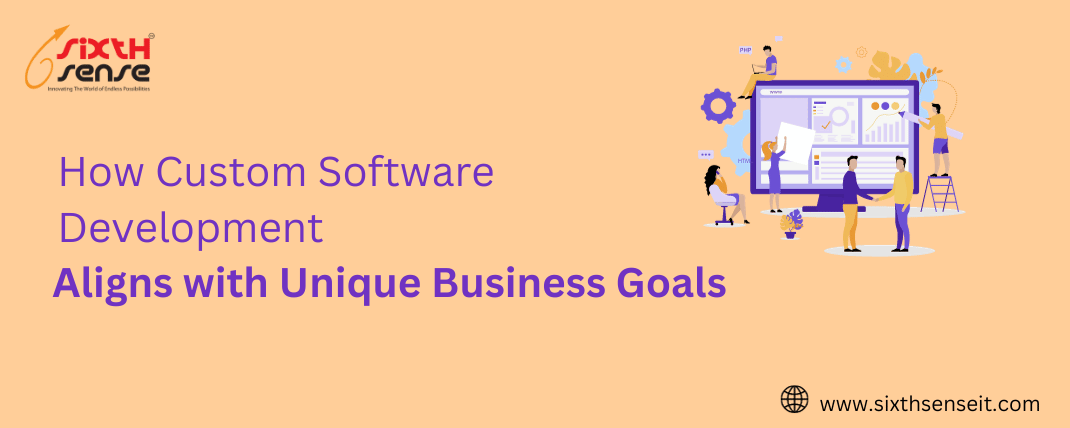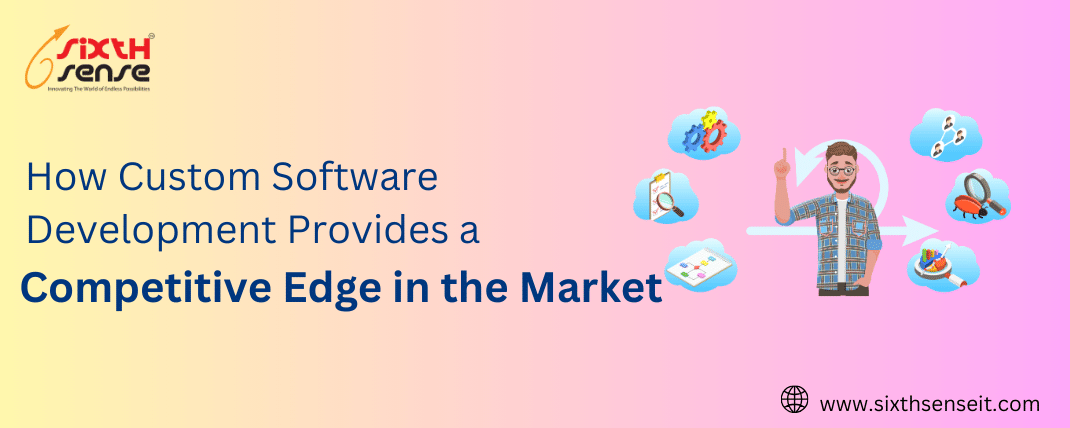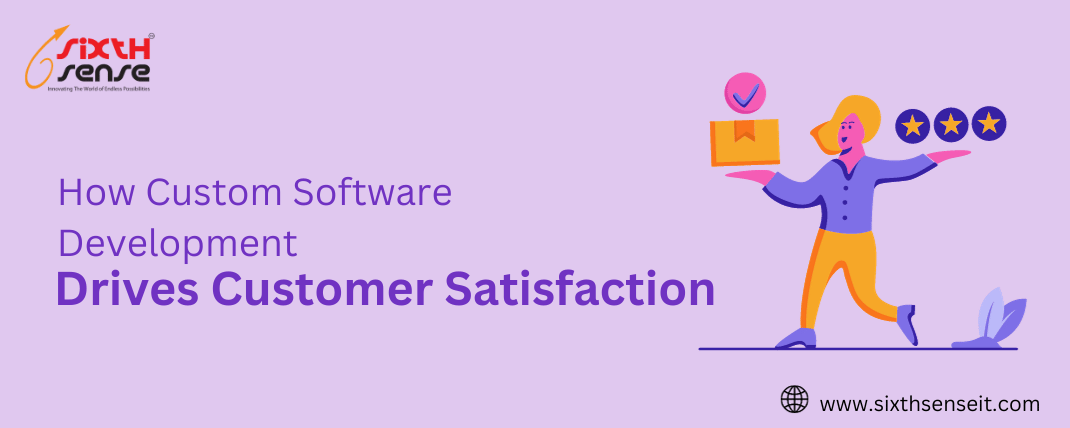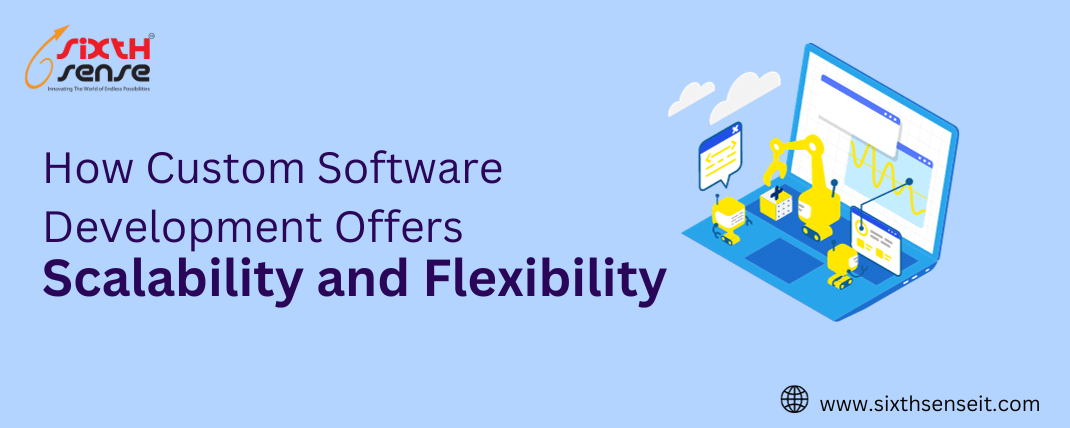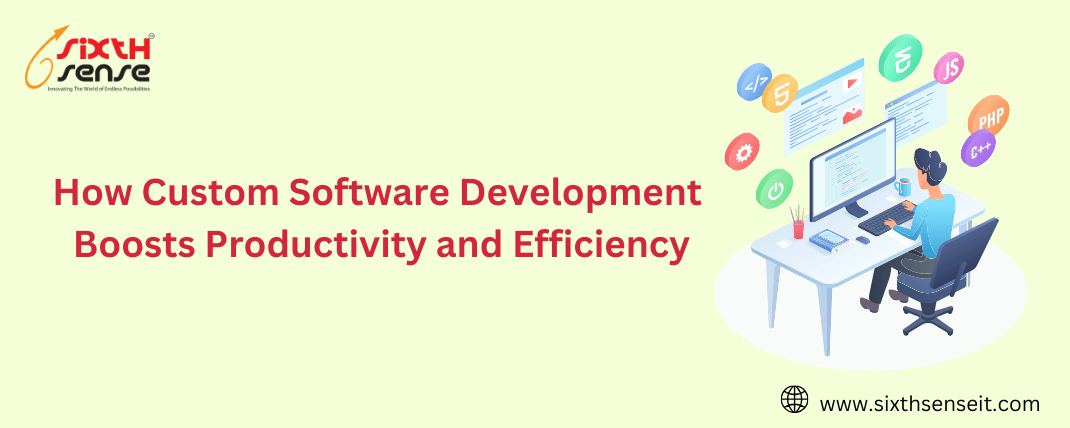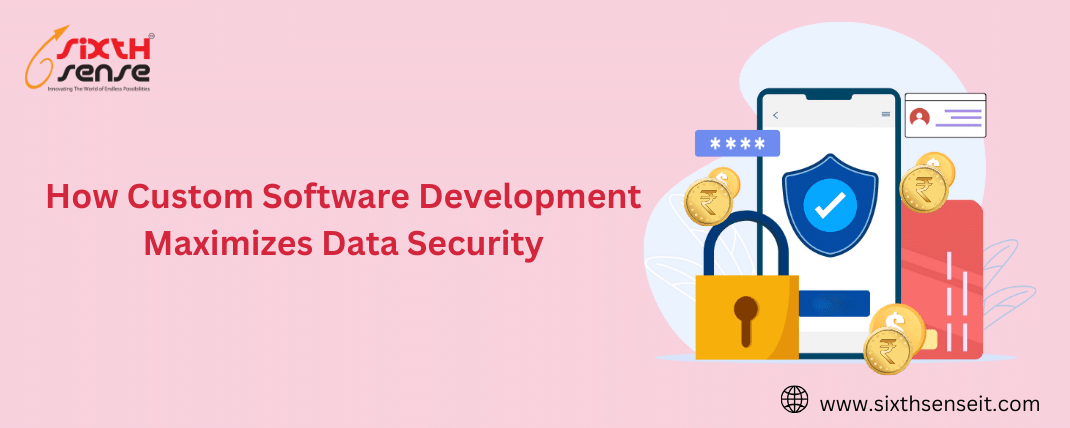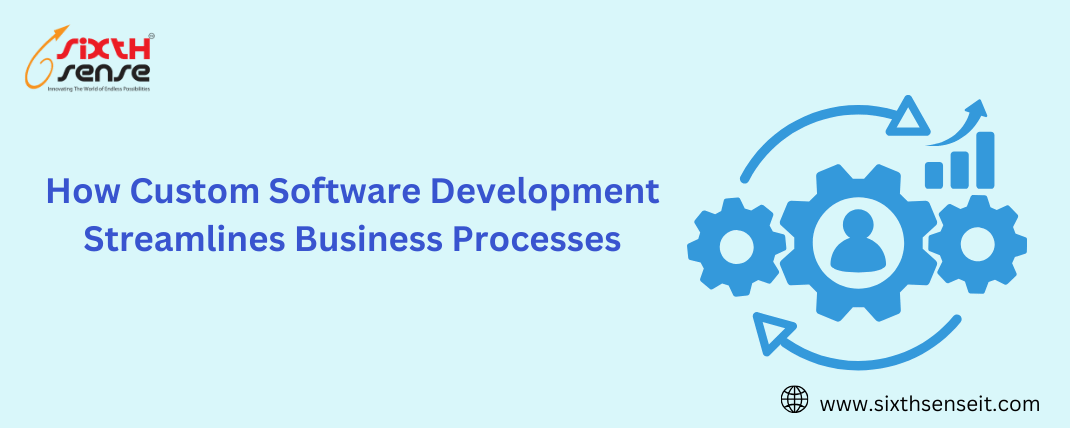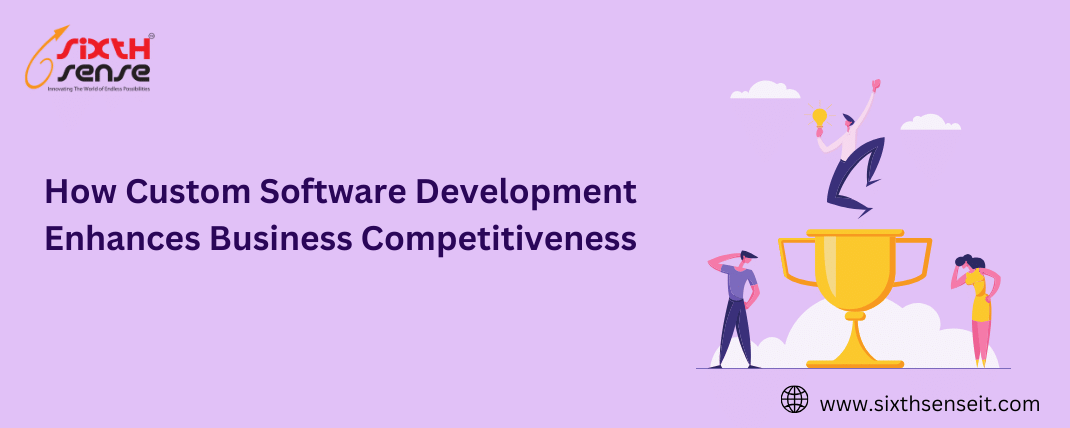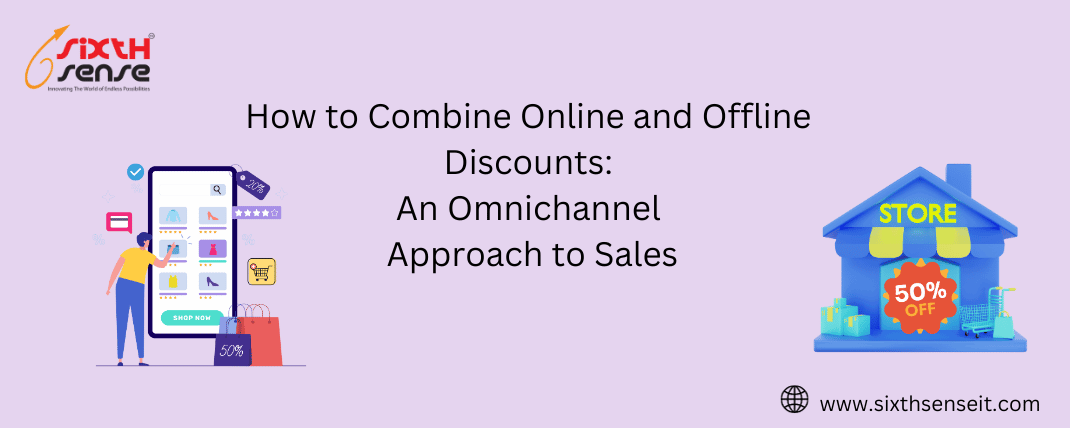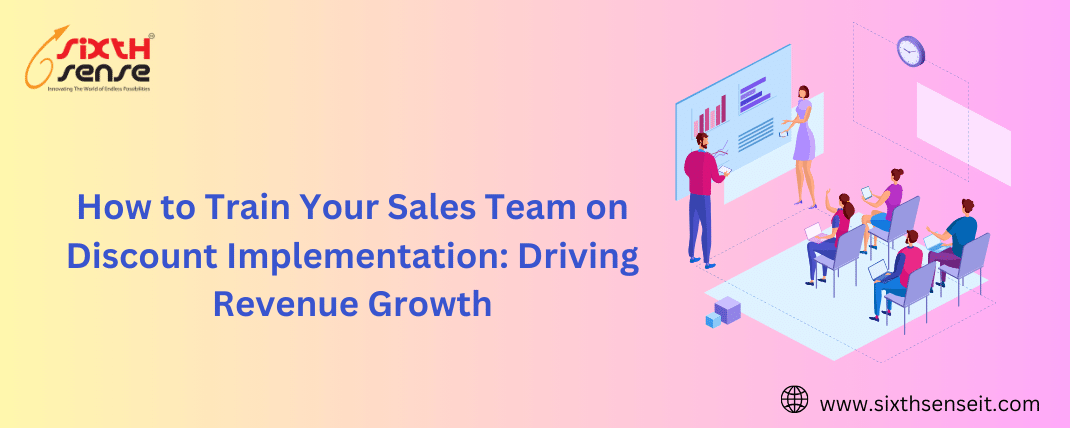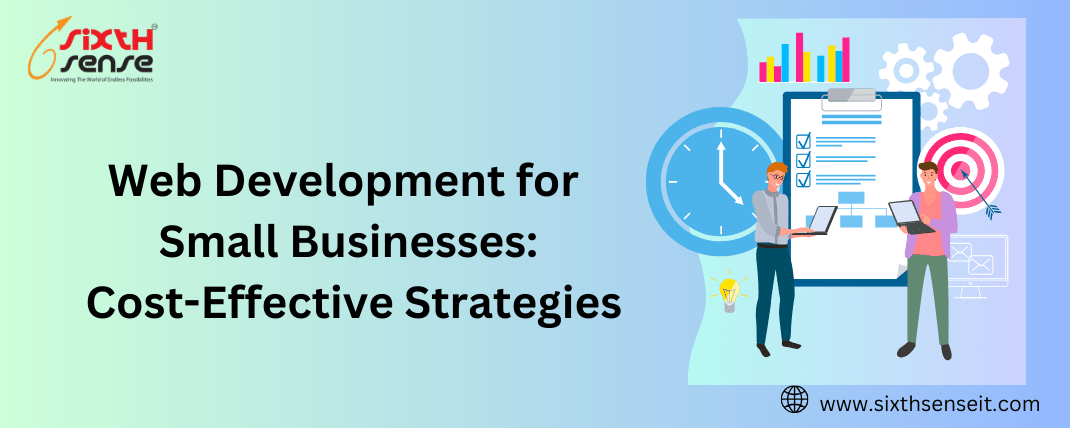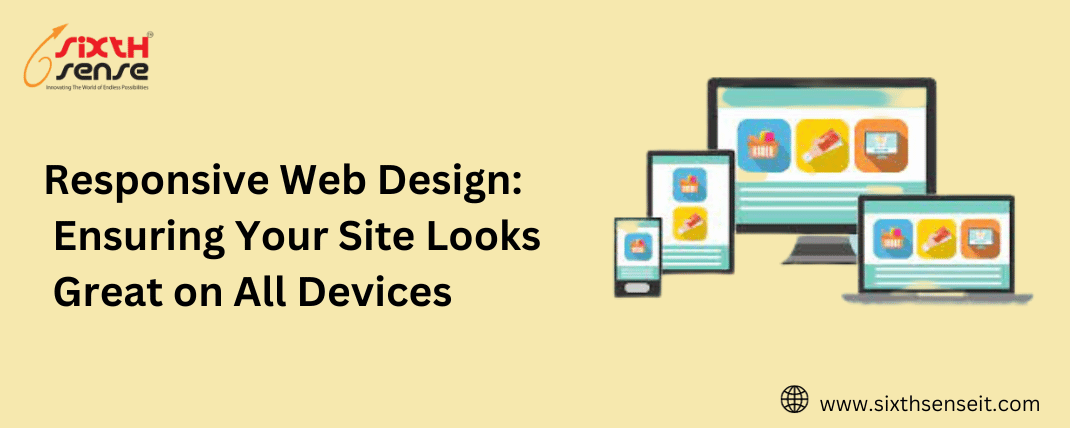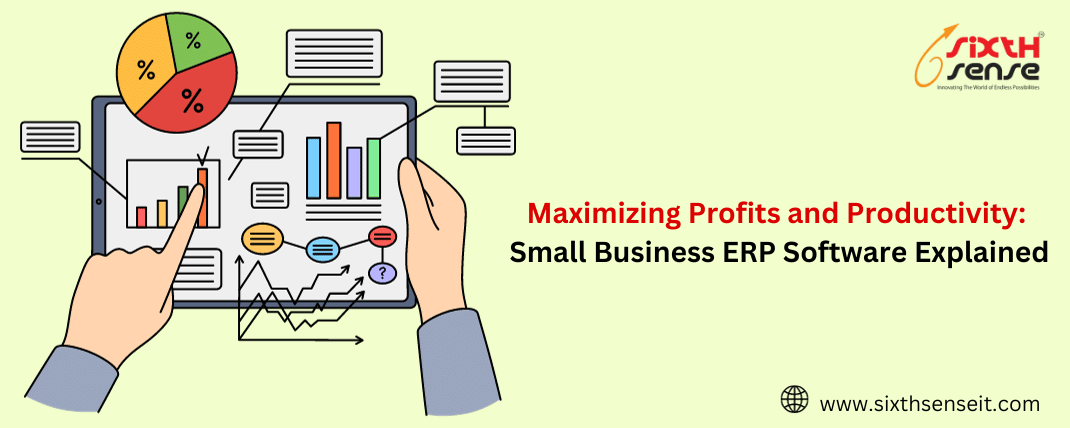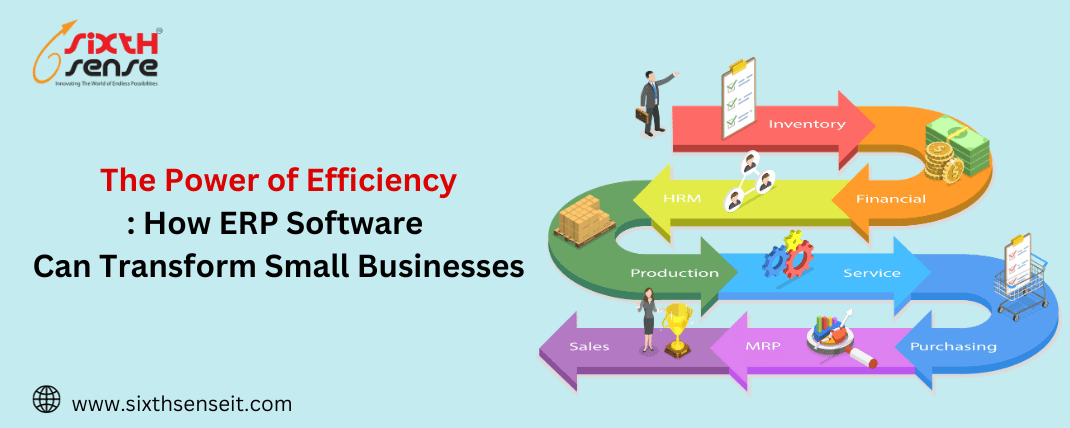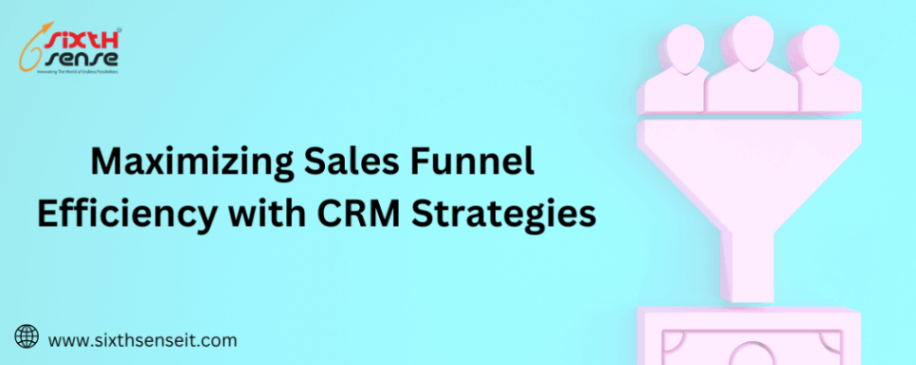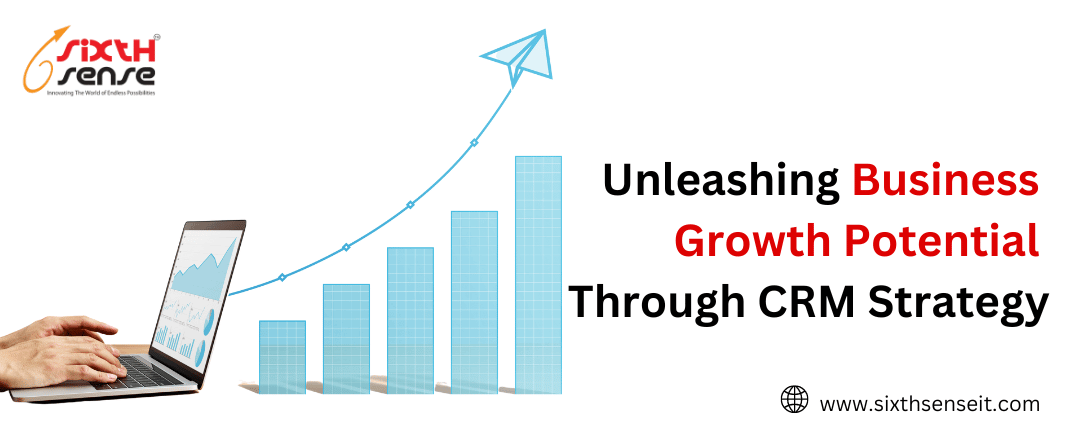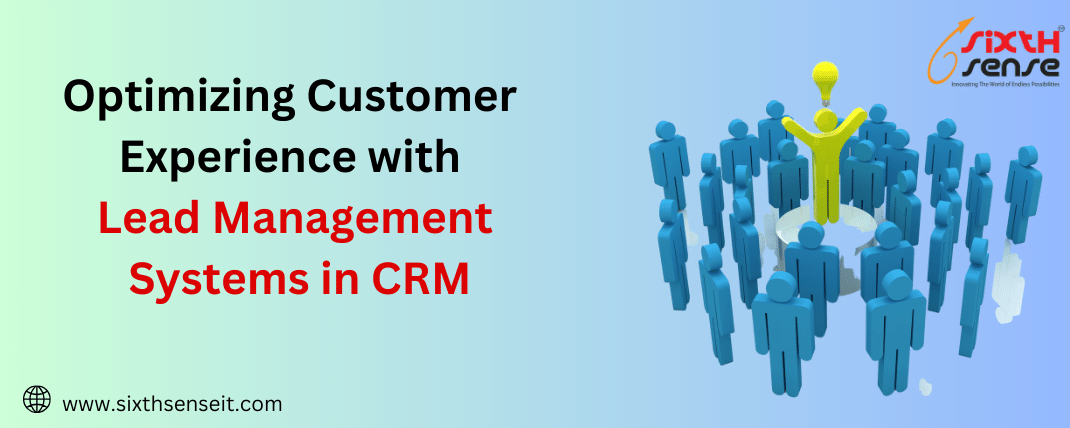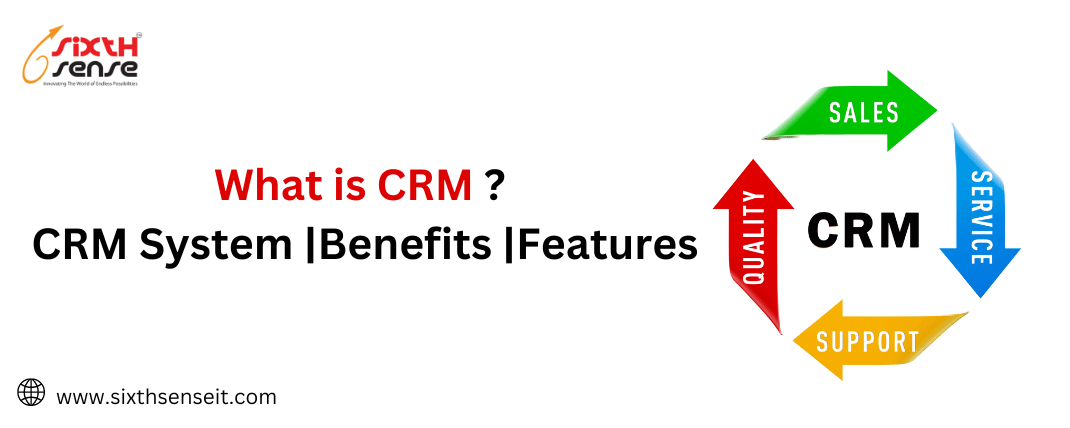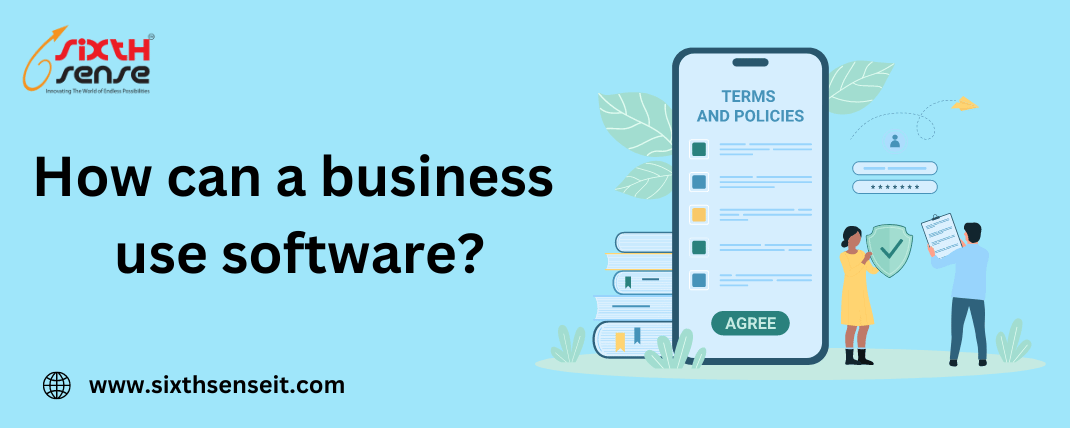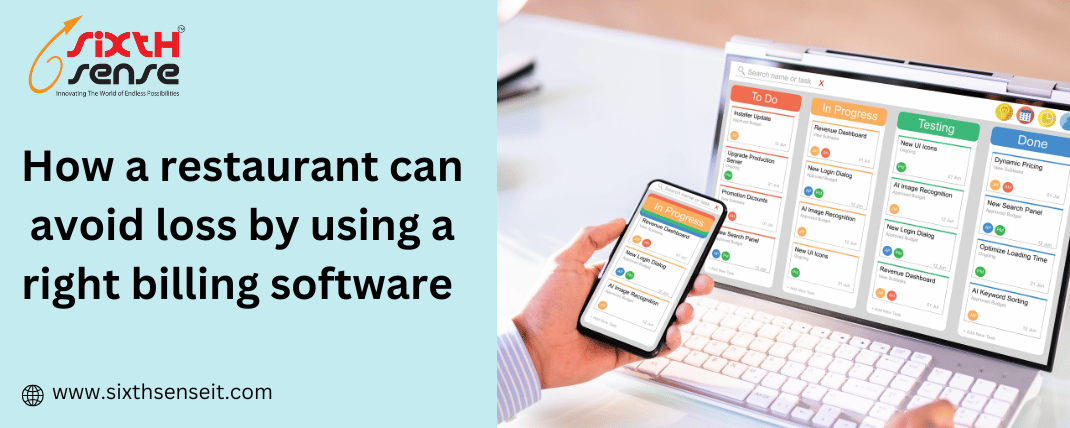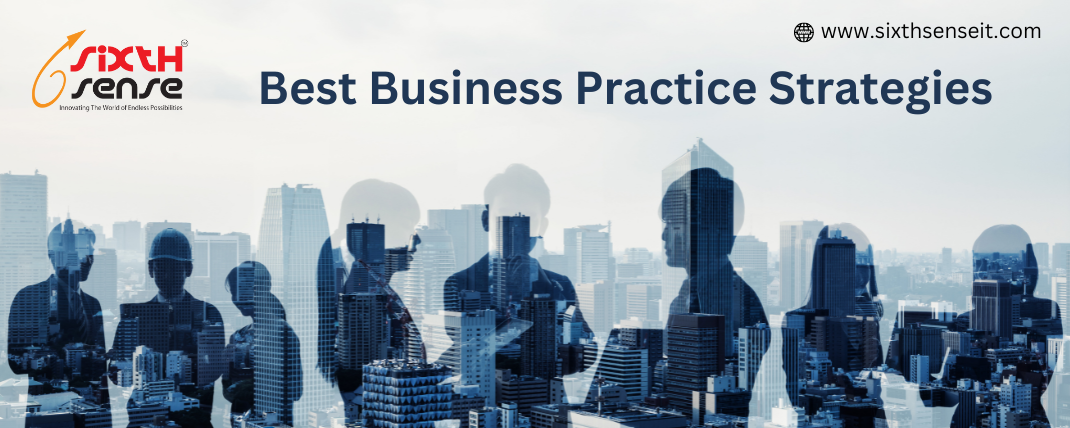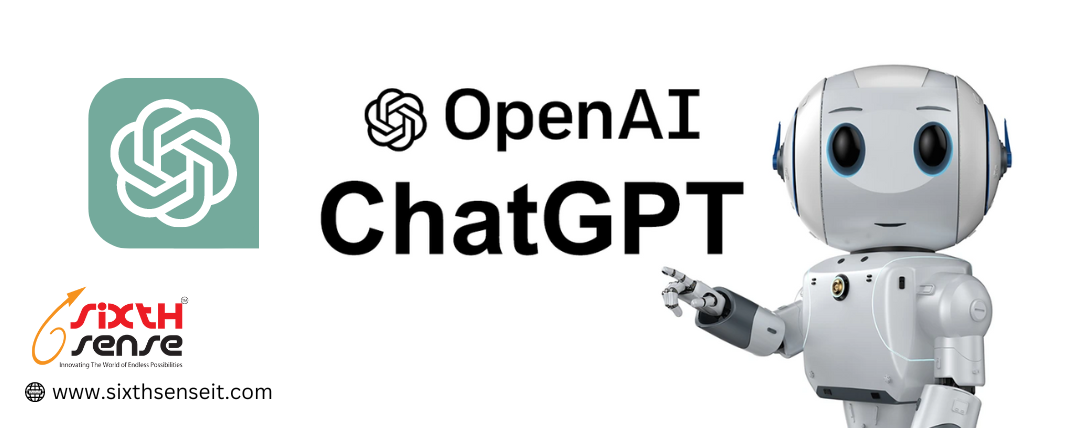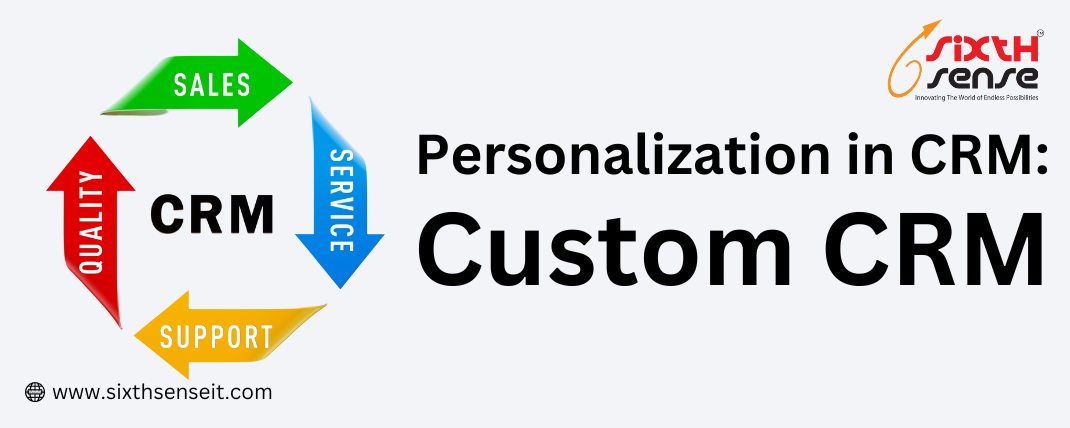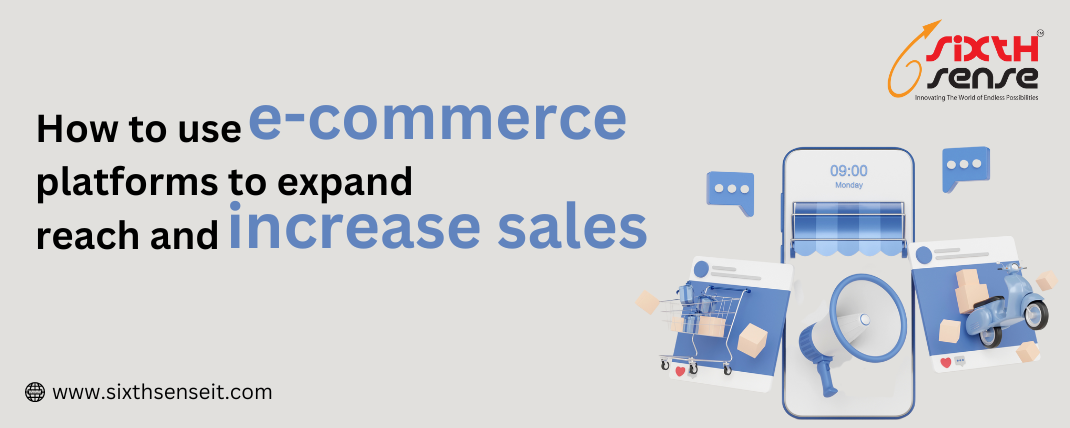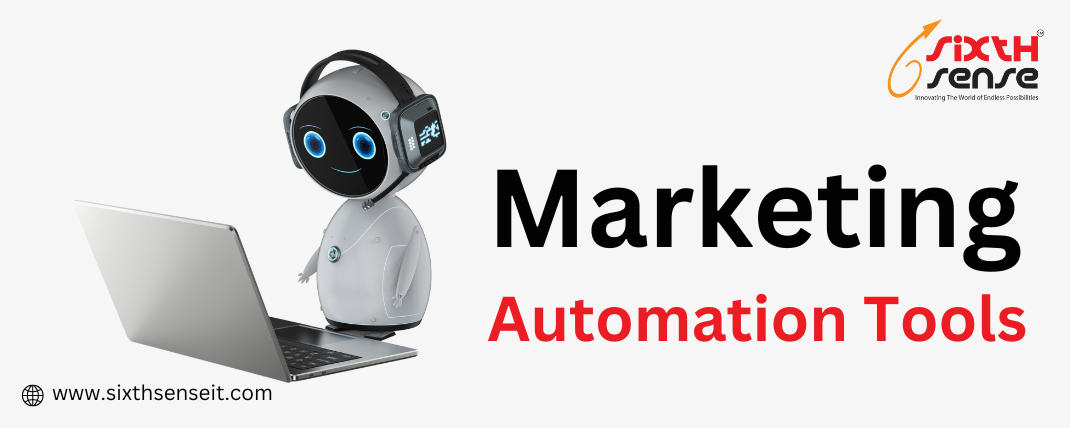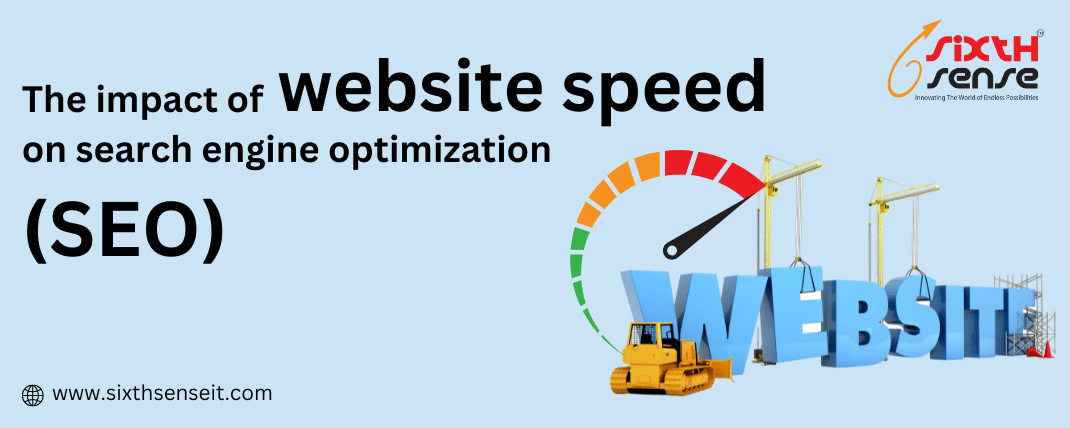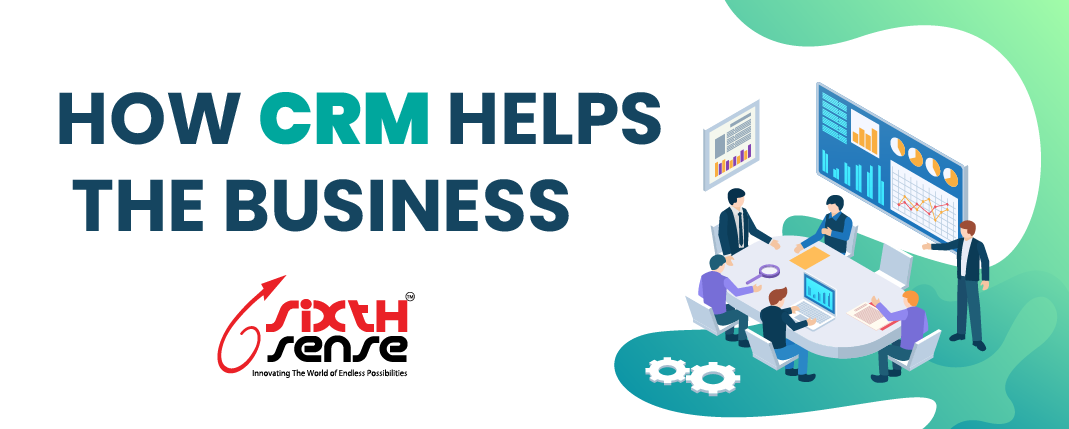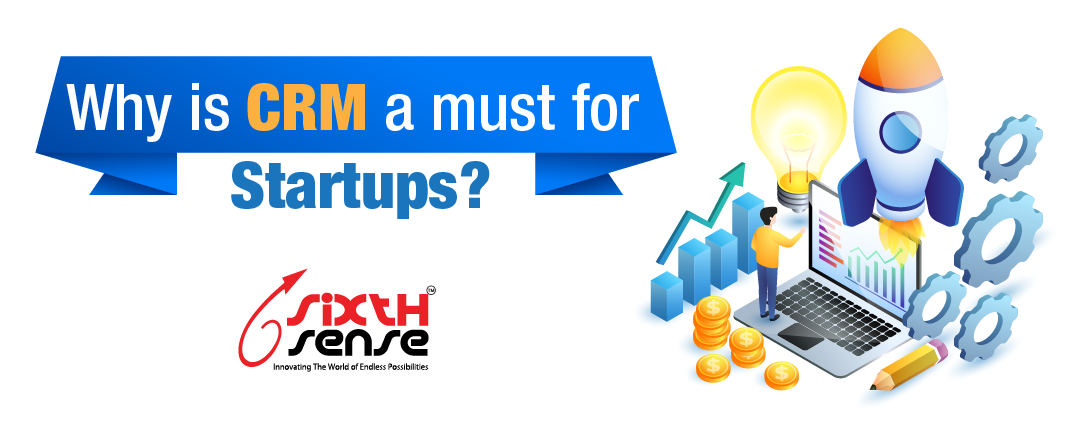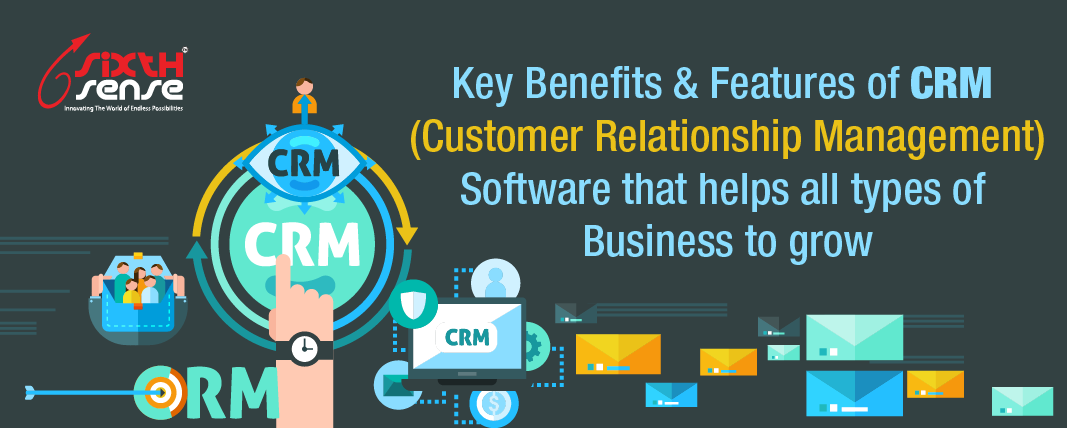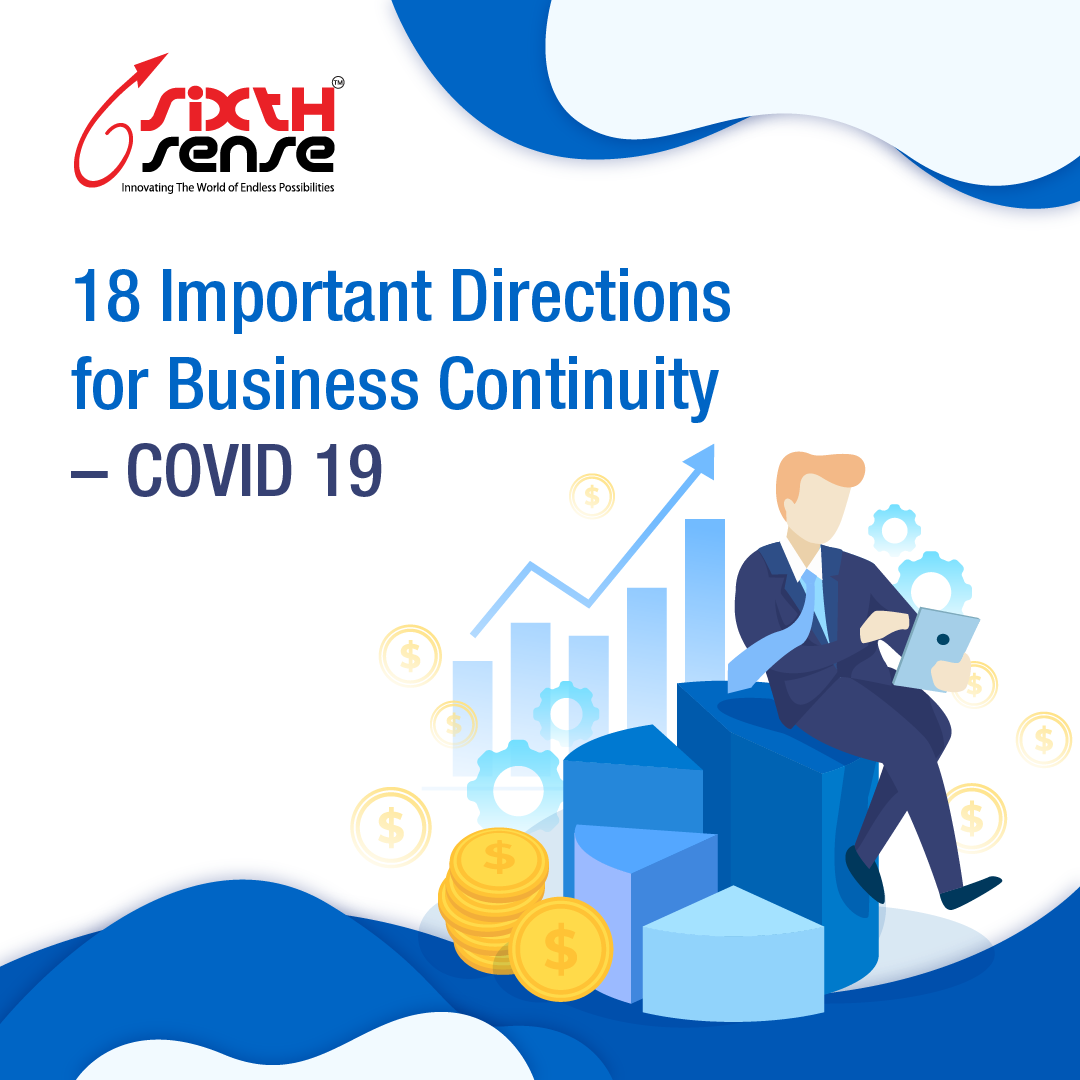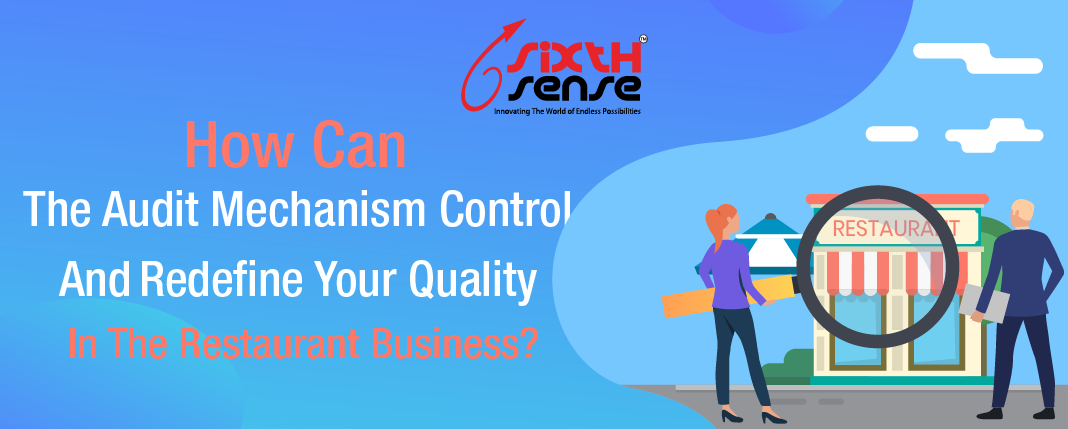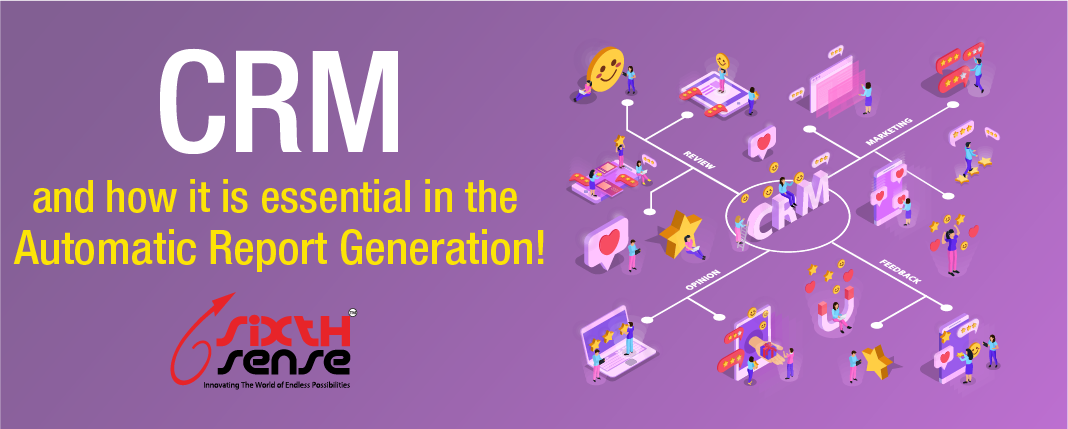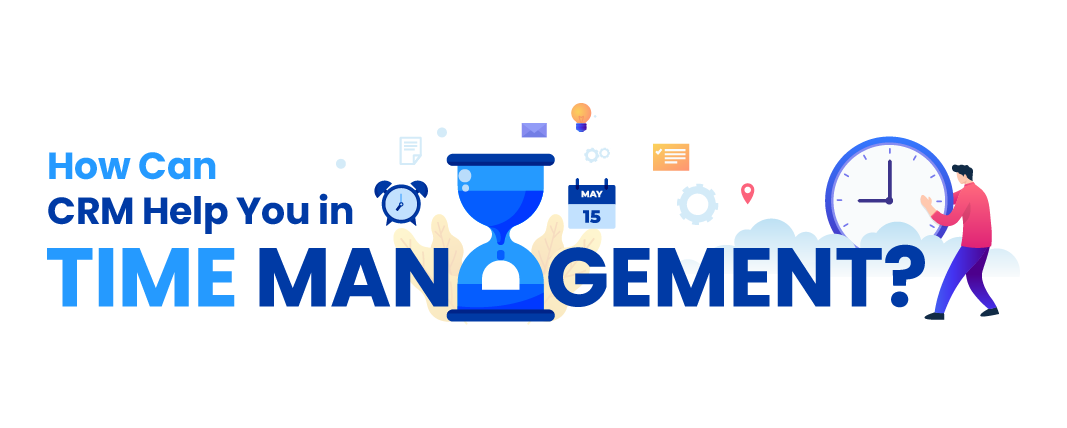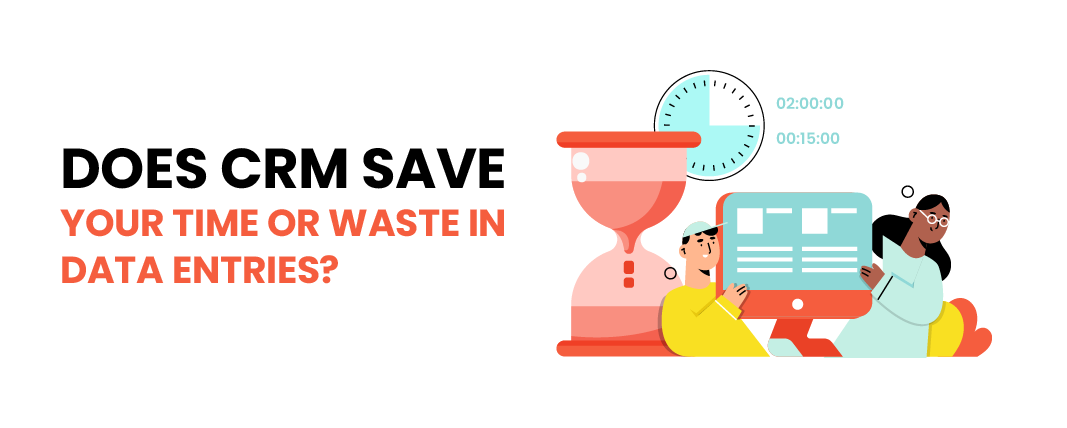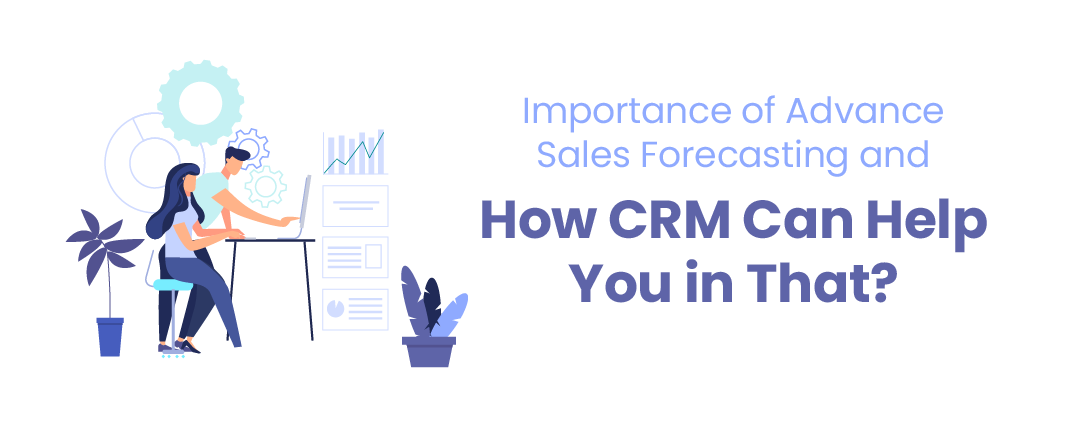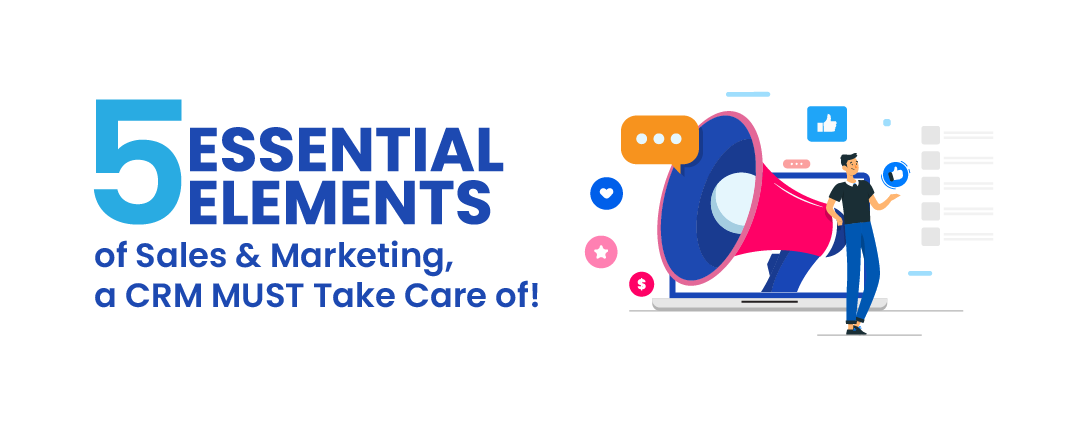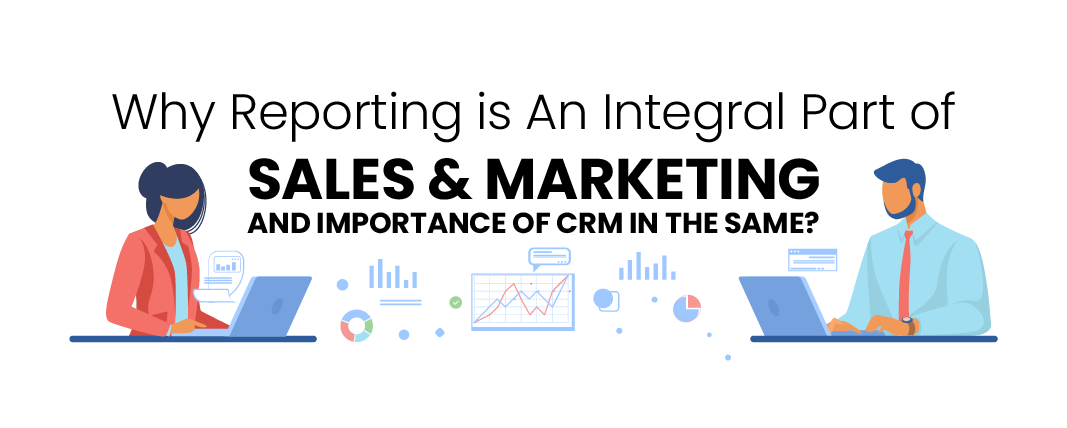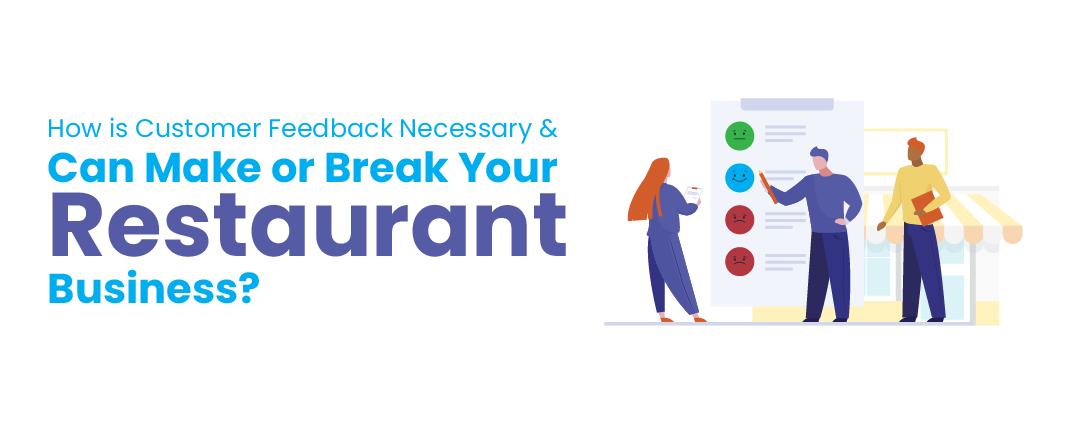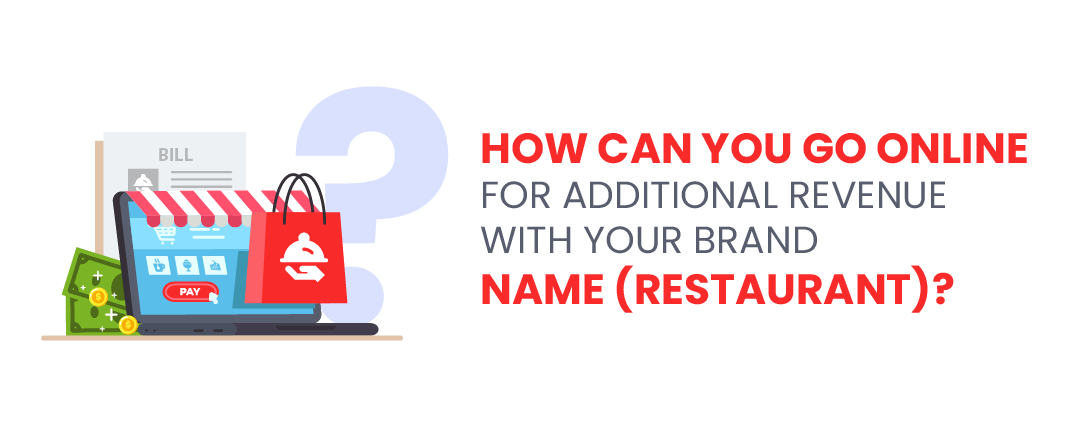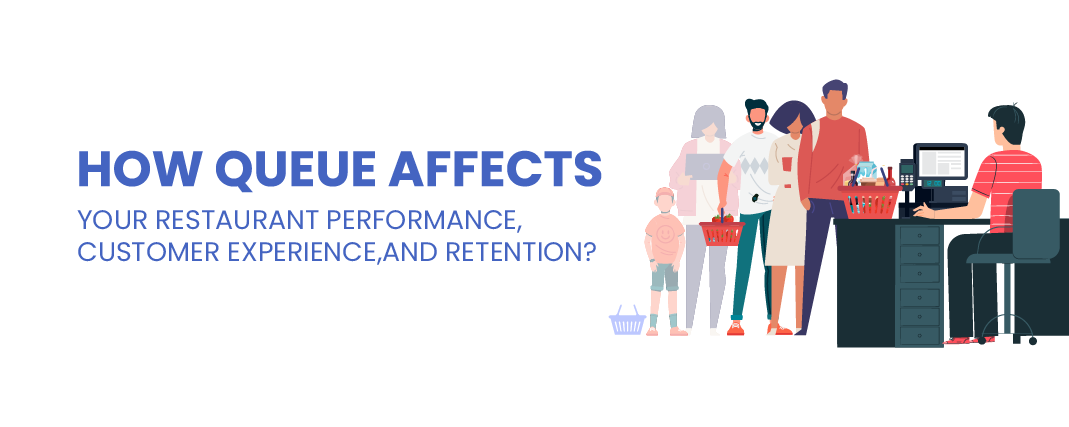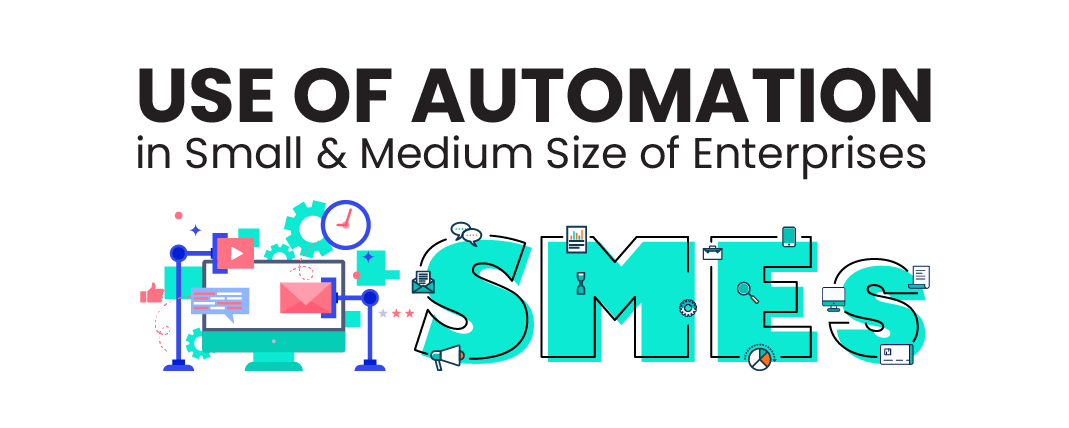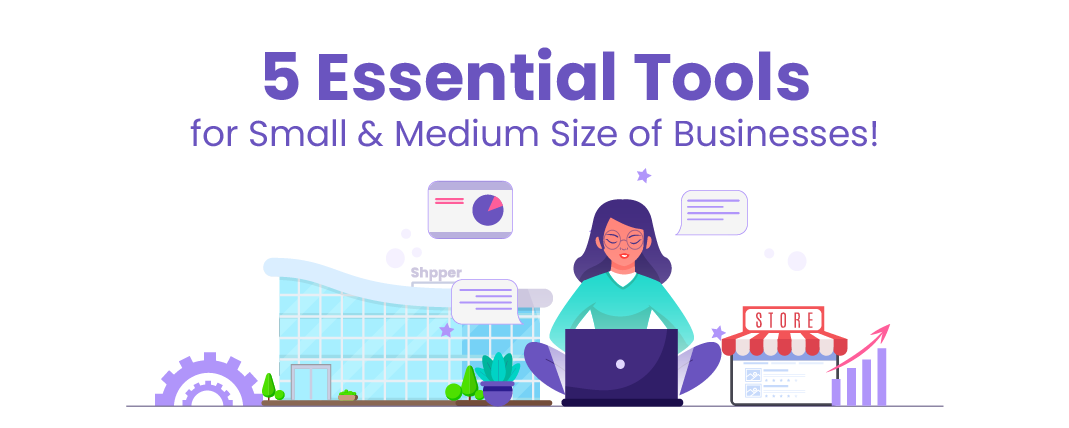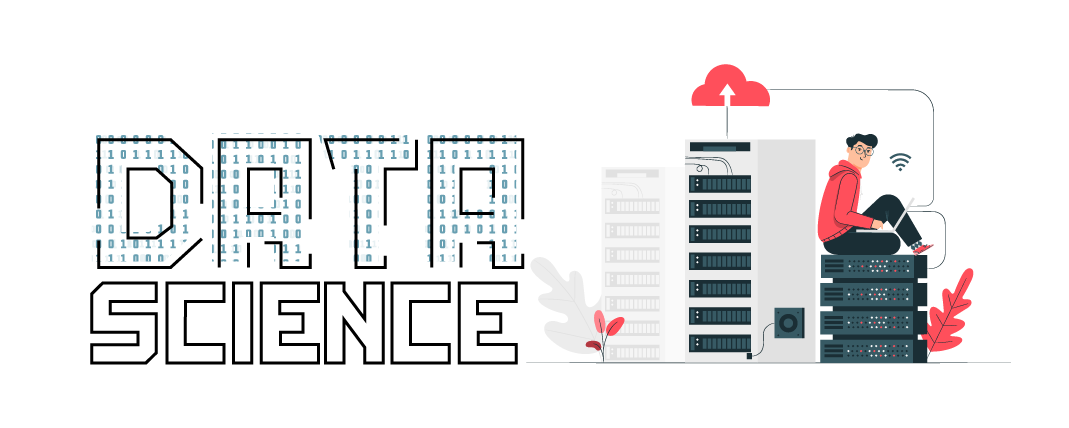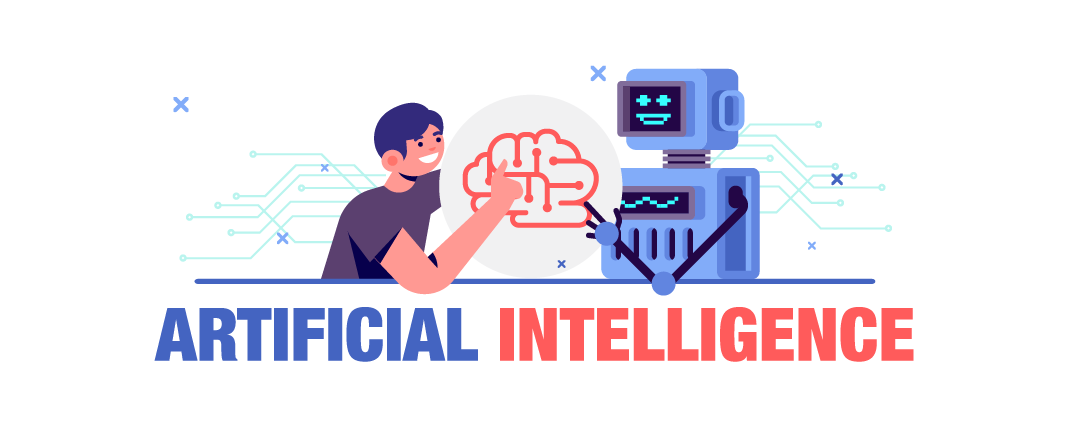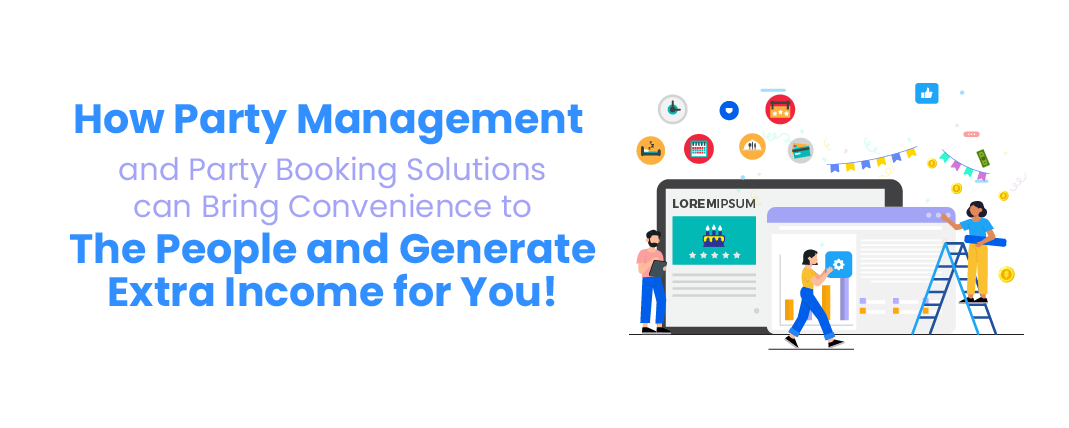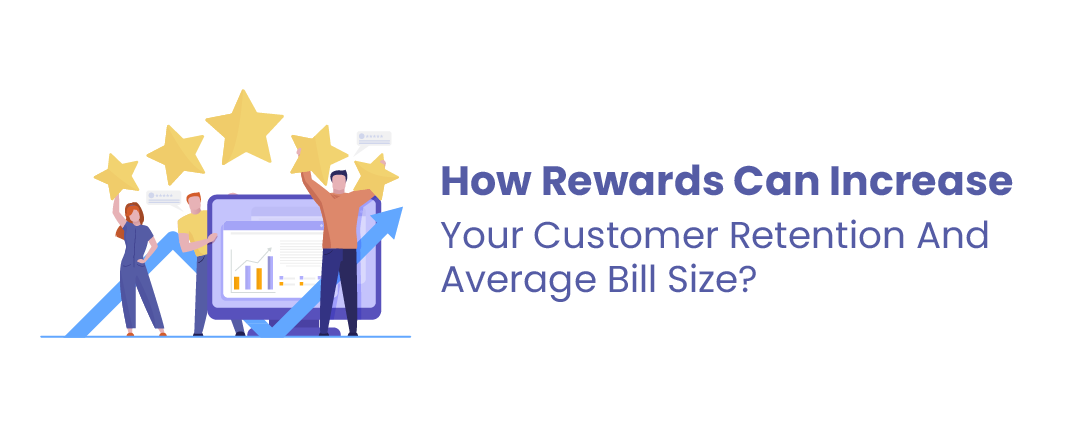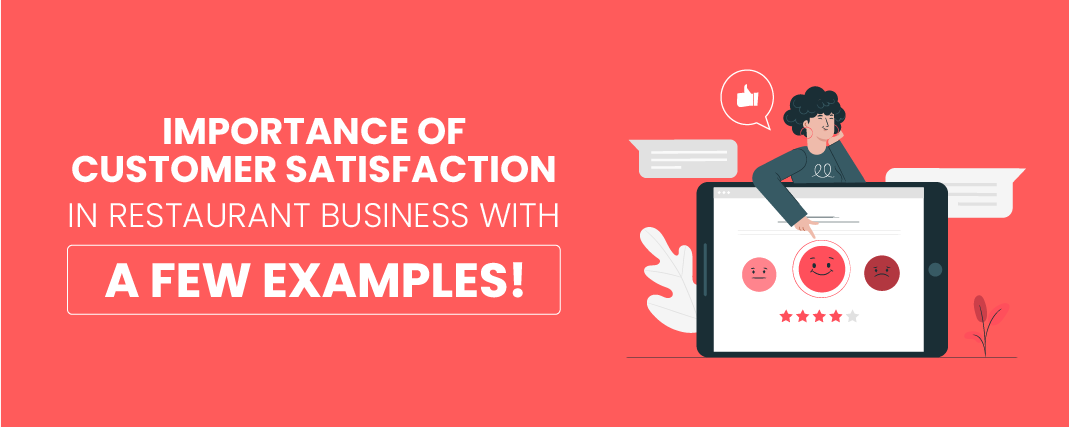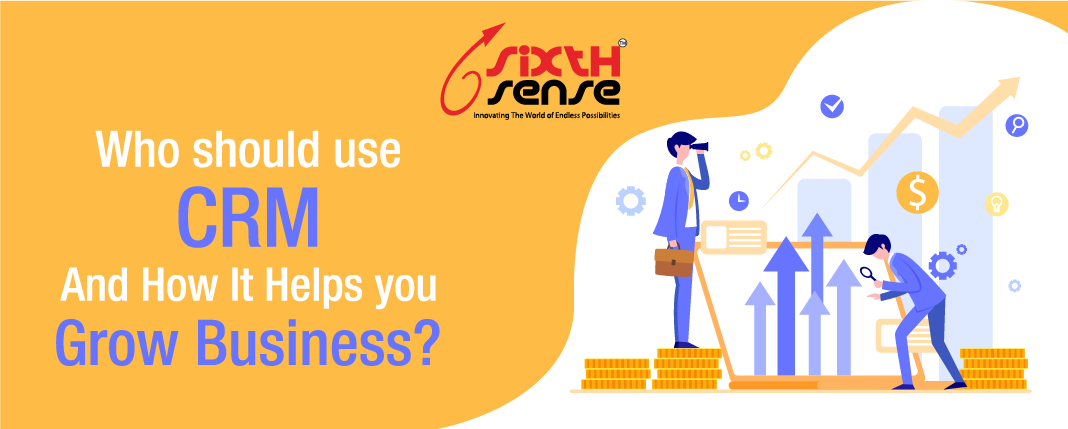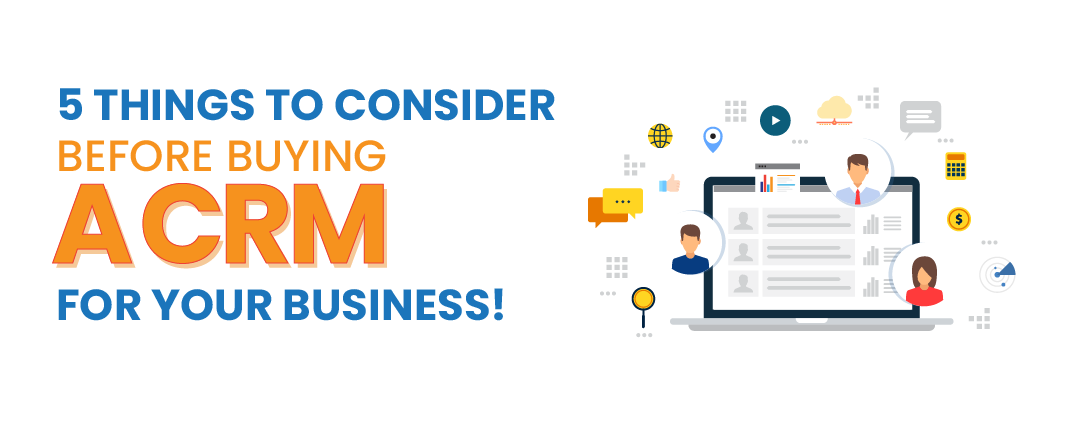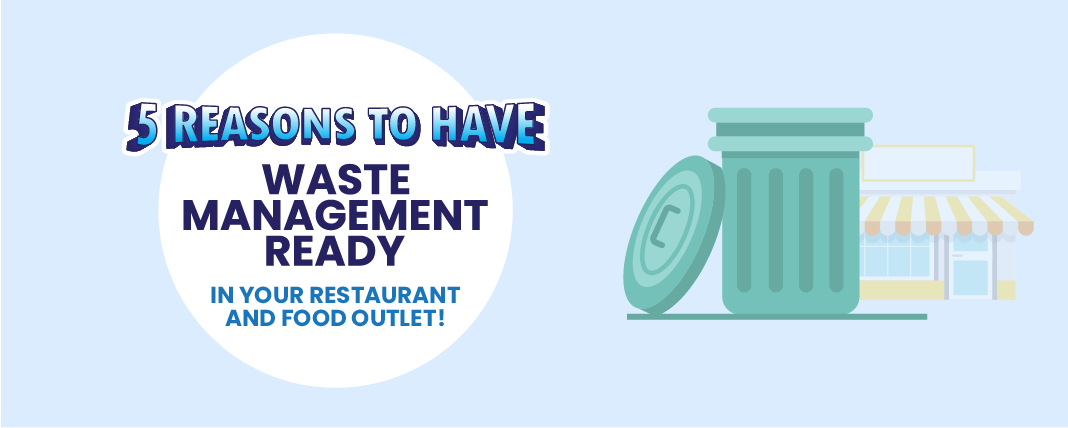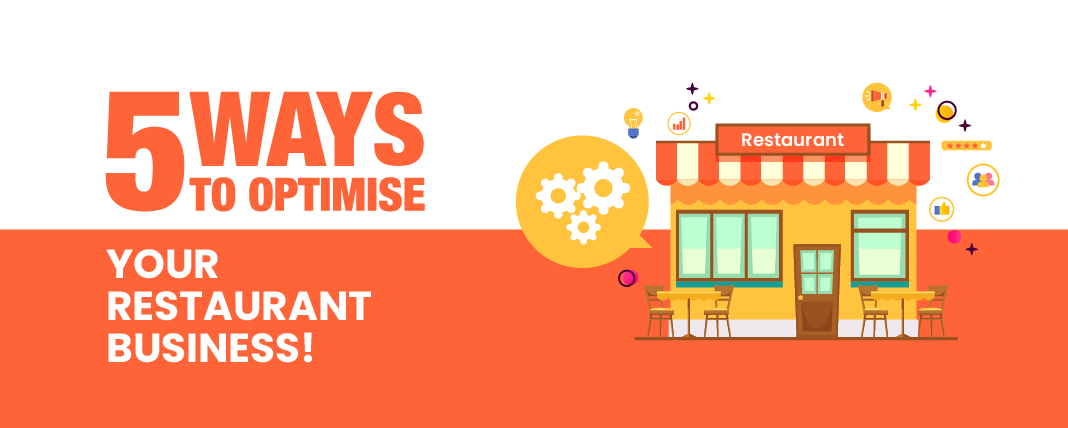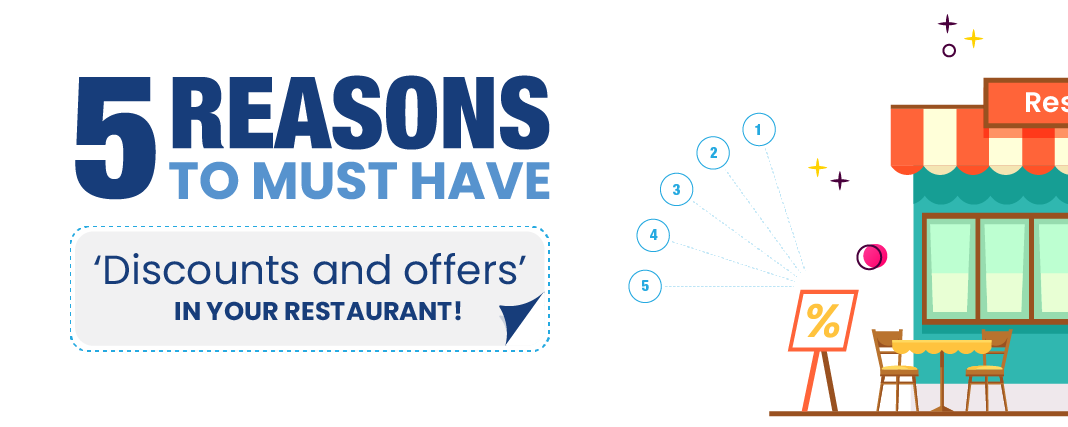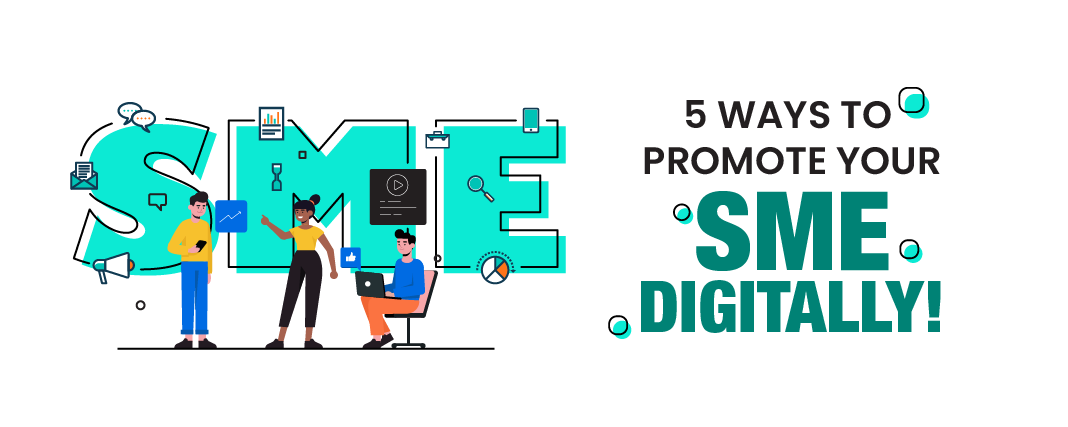
Increase your website traffic With Sixth Sense| A guide to website optimization
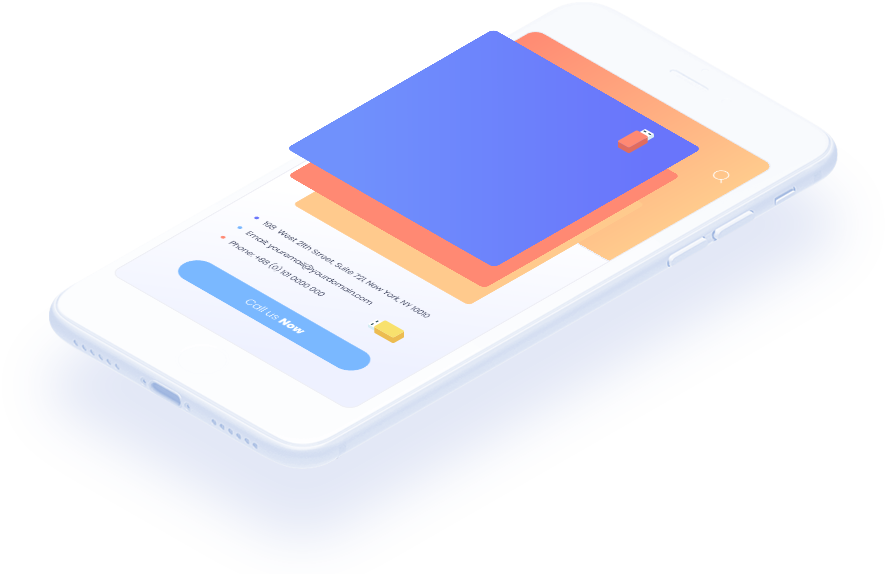
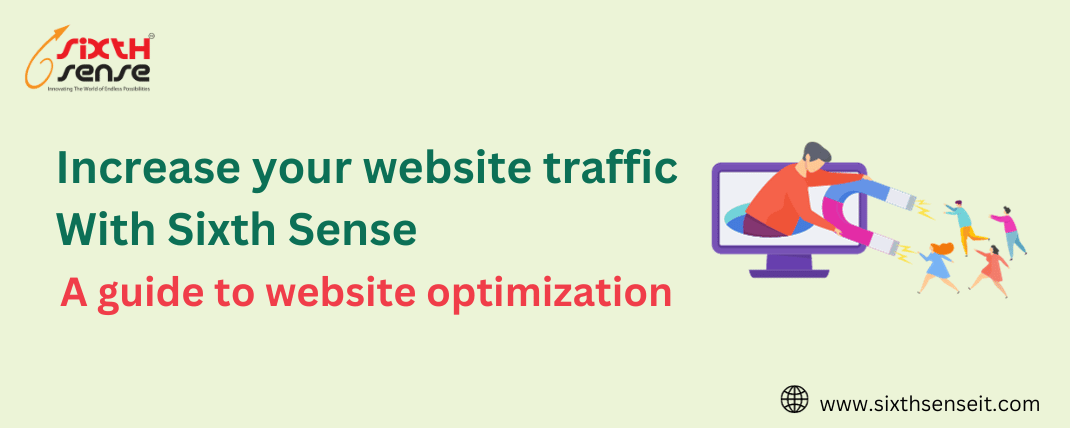
When visitors arrive at your website, it's essential to provide them with a seamless experience to accomplish their goals, whether it's signing up or making a purchase. However, what do you do when your website attracts the right visitors but struggles to convert them? The answer lies in the practice of website optimization.
Website optimization serves as the key to transforming your website into a self-sufficient revenue-generating platform. By thoroughly scanning your website and making strategic adjustments, you can tailor it to meet the specific needs of your audience, fostering a more engaging and conversion-friendly environment.
Website optimization, also referred to as Conversion Rate Optimization (CRO), involves the systematic process of making incremental enhancements to a website to align it with specific business objectives. The primary goal is to improve the website's ranking, attract more visitors, and enhance conversion rates.
The benefits of website optimization extend beyond increased visibility; it is a strategic approach to drawing in traffic that not only visits but also converts into valuable interactions.
A practical example of successful website optimization is showcased by G2, a business software review site. G2 established a knowledge hub to attract users, and upon reaching 25,000 users, they decided to experiment with the Call-to-Action (CTA) on a page titled "Retrieving a forgotten Instagram password." Through a series of trials, G2 discovered that incorporating the word "FREE" in their CTAs led to a significant boost in conversions by 1100 and click-throughs by 500.
Optimizing a website is a dynamic process without a one-size-fits-all guide, often relying on extensive testing to achieve success. After identifying what draws visitors and analyzing their interactions, focus narrows down to four key areas:
1. Content: Does your website's content effectively address the needs of your target audience?
2. SEO: Is your website easily discoverable through search engines?
3. UX (User Experience): Is your website user-friendly and easy to navigate?
4. CTA Placement: Do your calls-to-action capture attention and encourage click-throughs?
The importance of website optimization is underscored by its impact on revenue growth and business success. With the increased digital adoption, showcasing 4.66 billion internet users as of May 2021, website optimization becomes a crucial strategy to transform a website from having no visitors to attracting regular and predictable traffic.
The impact on a business is multifaceted, offering benefits such as brand awareness, lead generation, and revenue growth. For instance, in a rental business, identifying trends in page views can guide inventory planning. If the pickup truck sales page receives more traction than the minivan rental page, it indicates demand. This not only leads to sales growth but also facilitates strategic stock planning.
As rankings improve, the reach expands, attracting more visitors to the website. By optimizing conversions, every aspect of the business experiences growth, creating a holistic and thriving online presence.
Optimizing a website involves focusing on key areas for maximum impact. These include optimizing the path to purchase, refining landing pages, addressing on-page technical SEO, ensuring fast page speed, and optimizing for mobile-friendliness.
Objective: Streamline the buyer's journey towards conversion points.
Importance: Enhances user experience, reduces bounce rates, and prevents potential lead loss.
Objective: Showcase products or services effectively on dedicated pages.
Elements: Powerful copy, benefits showcase, social proof, and personalized CTAs.
Importance: Keeps visitors engaged and encourages conversion by providing a compelling user experience.
Objective: Improve visibility on search engines through optimization techniques.
Strategies: Internal linking, strategic keyword usage, and optimizing site structure.
Importance: Aids search engines in better understanding and ranking content, ensuring comprehensive coverage.
Objective: Accelerate website loading times for better user experience.
Strategies: Compressing images, enabling browser caching, and minimizing HTTP requests.
Importance: Faster loading times prevent user frustration and align with search engine ranking criteria, as seen in Google Core Web Vitals.
Objective: Optimize website experience for mobile users.
Importance: Recognizing the dominance of mobile usage, Google's mobile-first indexing prioritizes mobile-friendly sites, influencing SERP rankings and attracting mobile traffic.
Optimizing these aspects collectively contributes to a seamless user experience, improved search engine visibility, and enhanced conversion rates.
After completing the optimization process for your website, the next step involves tracking the implemented changes, whether through manual monitoring or website optimization tools. The ultimate success metrics are leads and revenue, but the initial focus should be on more specific and granular indicators.
While leads and revenue serve as the ultimate north star metrics, the improvement in these outcomes is contingent upon enhancing individual metrics. Therefore, the ongoing measurement and evaluation of specific performance indicators will provide insights into the effectiveness of the optimization strategies deployed.
Keep a close eye on the influx of visitors to your website. Utilize tools like Google Analytics to identify the sources through which visitors enter, and leverage insights from Search Console to understand the search terms leading to your site. This data is invaluable for directing further optimization efforts effectively.
Longer sessions typically indicate heightened interest in your content or products. A visitor spending more time on your website increases the likelihood of a successful conversion. Monitoring session duration provides key insights into user engagement.
A lower bounce rate signals that visitors are staying on your site for extended periods. This positively impacts the chances of exploring additional pages and gaining a comprehensive understanding of your offerings. Lower bounce rates contribute to an enhanced probability of conversions.
Track the specific areas of your website where visitors click. This data helps pinpoint engaging sections while identifying underperforming areas that may hinder conversions. Understanding visitor navigation provides insights for refining page structure, content, and optimizing calls to action.
Website optimization, or Conversion Rate Optimization (CRO), is a pivotal process for enhancing the performance of your blog, landing pages, or any commercial sections on your site. Identifying obstacles and streamlining your website creates a seamless experience for visitors, significantly boosting conversion rates. Leveraging website optimization tools streamlines the process and accelerates the optimization cycle.
In the rapidly evolving realm of digital marketing, the key to a thriving online presence lies in the ability to harness the full potential of website optimization. If you're seeking to catapult your website traffic and grow your business online, it's time to explore the dynamic strategies offered by Sixth Sense, your digital marketing ally. Dive into our comprehensive guide for easy tips and tricks that will elevate your online presence and make your SEO soar to new heights.
Sixth Sense employs a holistic SEO approach that goes beyond keywords. We understand the intricacies of user behavior, search engine algorithms, and emerging trends.
Our team crafts personalized strategies based on your business goals and target audience, ensuring every optimization effort aligns with your unique needs.
We leverage cutting-edge analytics tools to monitor your website's performance in real-time. This allows us to make data-driven decisions and adapt strategies promptly.
Gain a competitive edge by staying ahead of industry trends through thorough competitor analysis, ensuring your website is always a step ahead.
Our content creation is not just reactive but anticipates future trends. We craft content that addresses user needs before they become mainstream, positioning your website as an industry leader.
Balance is key. We create a mix of evergreen content for sustained traffic and trending content to capitalize on current interests.
Sixth Sense prioritizes a seamless user experience by optimizing your website's loading speed. Fast-loading sites not only please users but also rank higher on search engines.
With mobile usage on the rise, we ensure your site is optimized for various devices, enhancing accessibility and search engine visibility.
